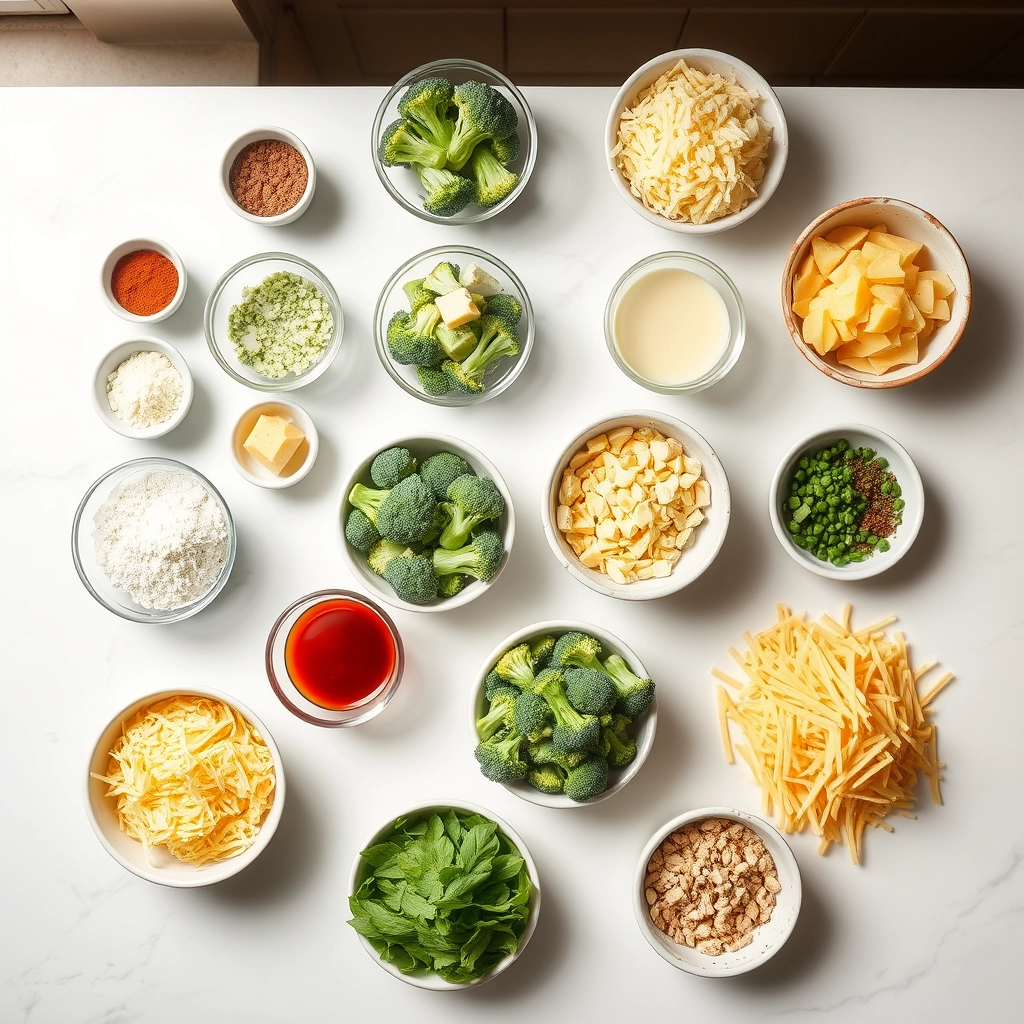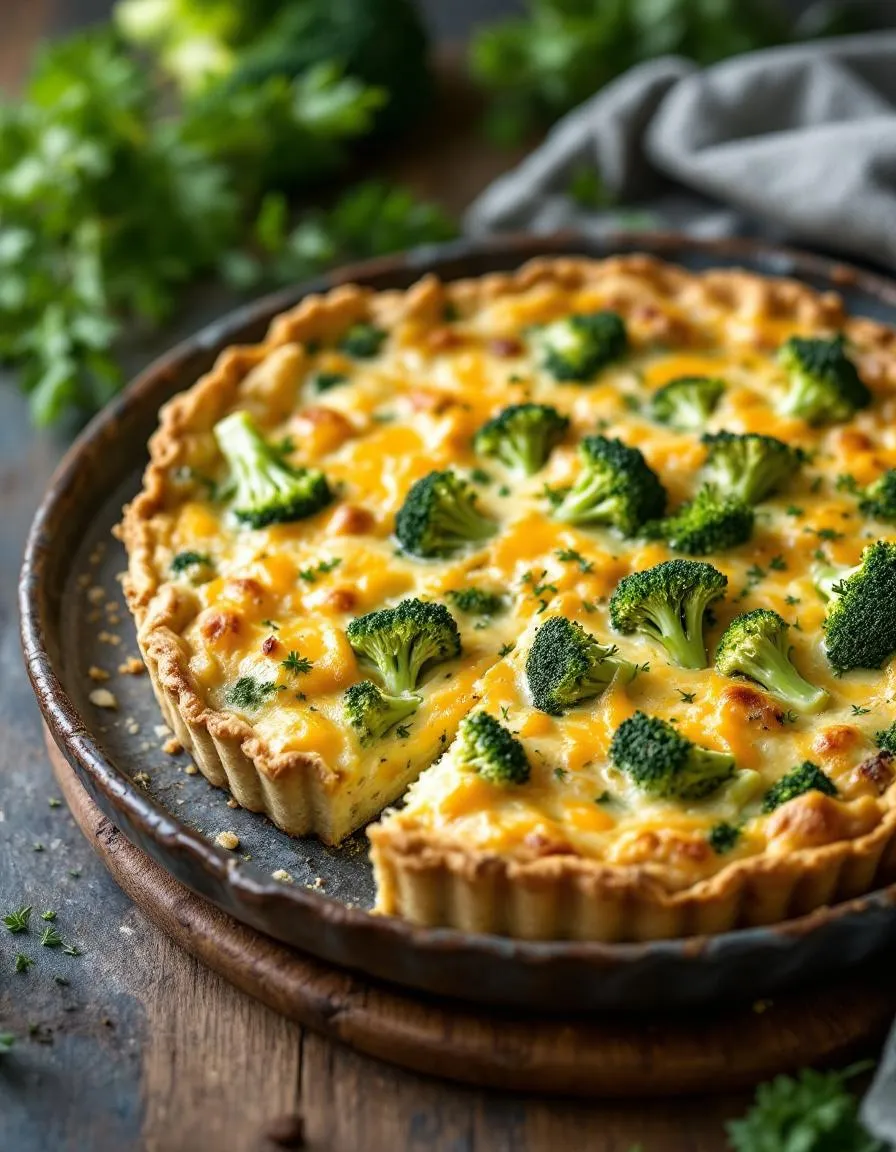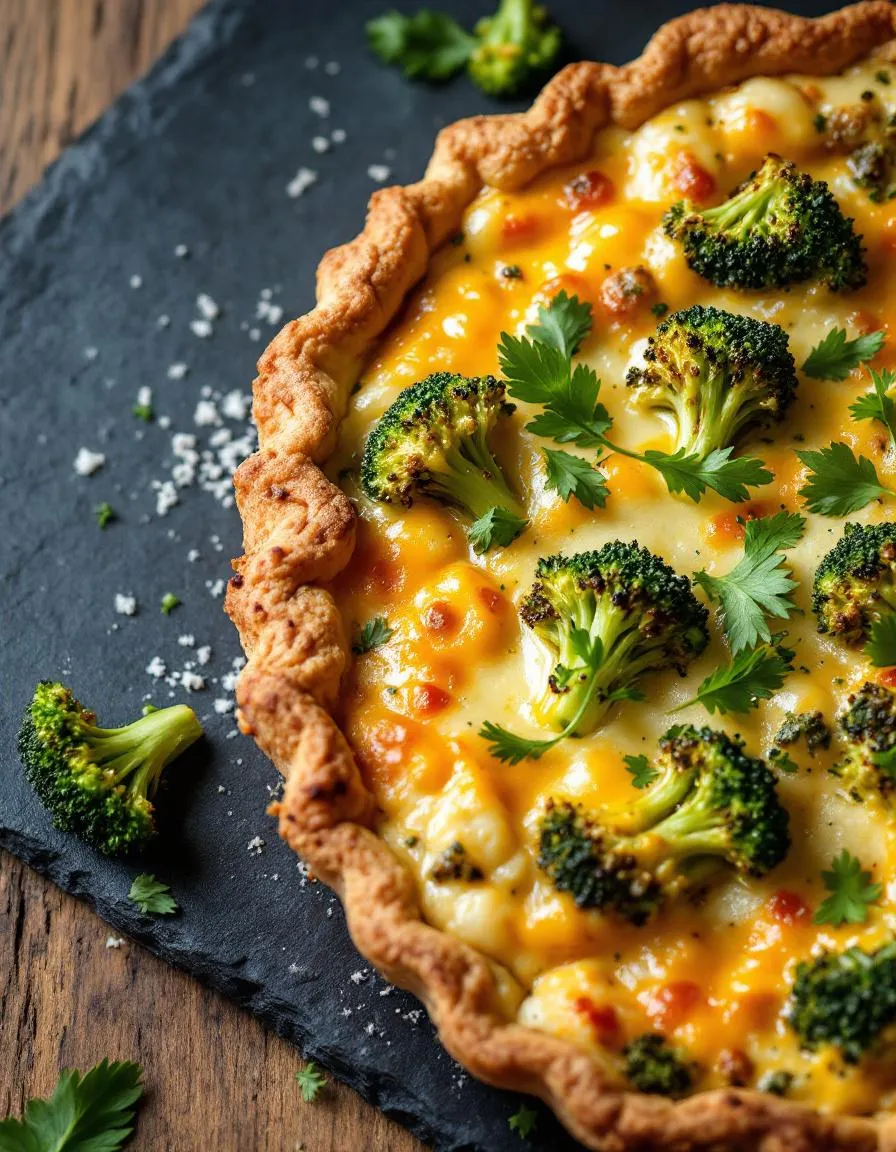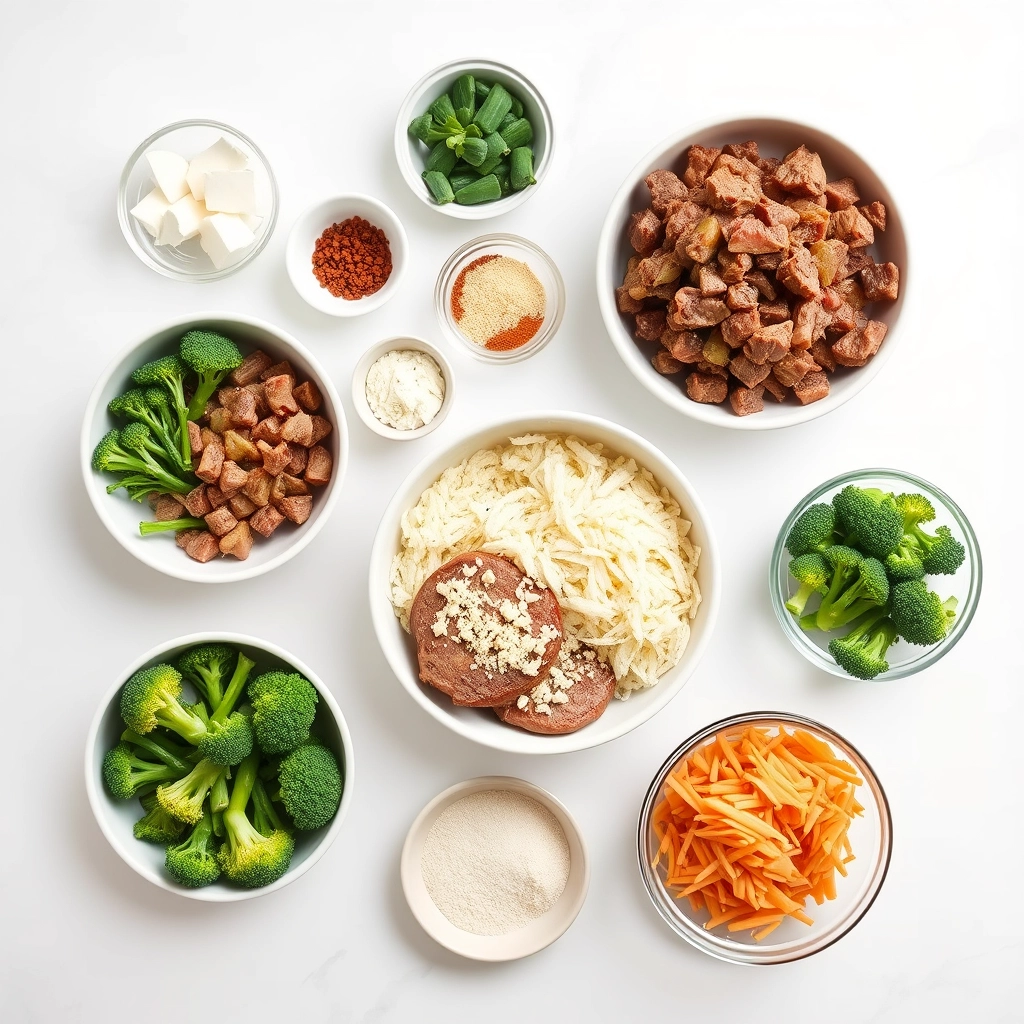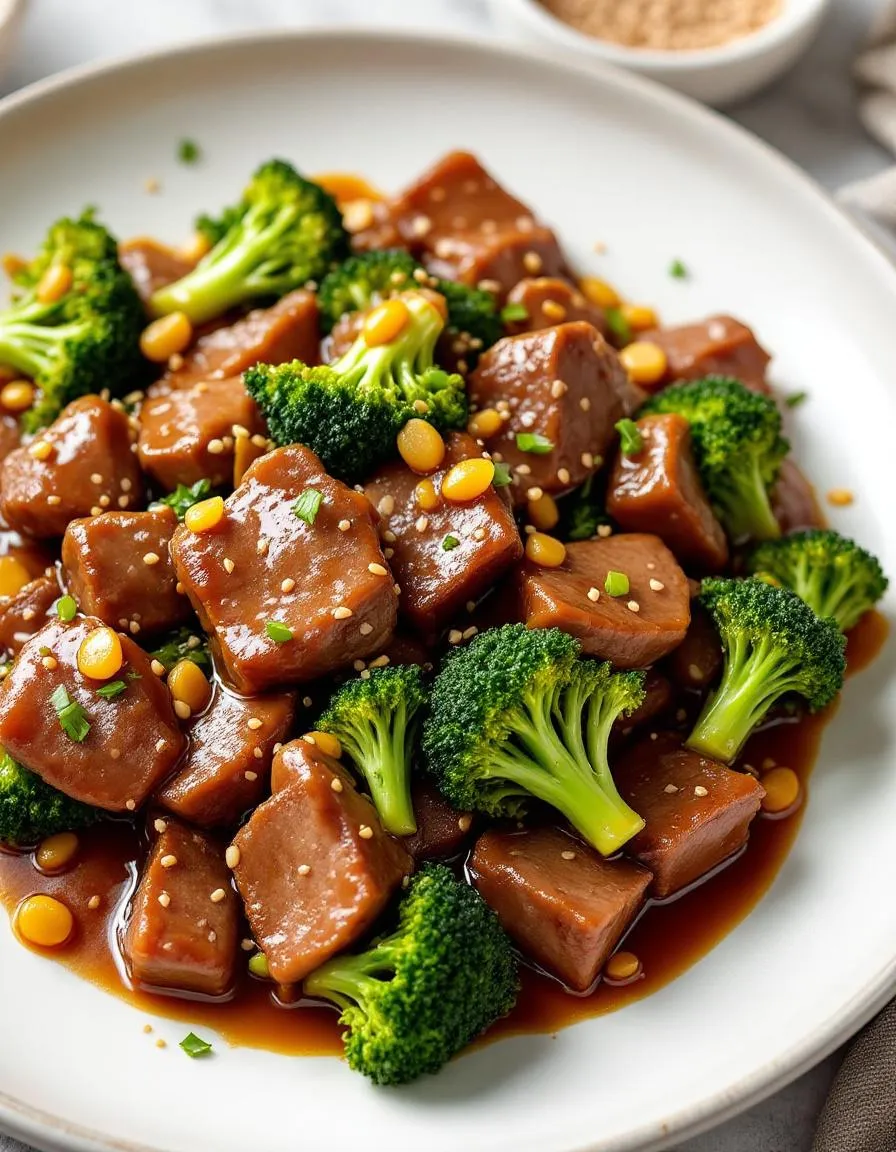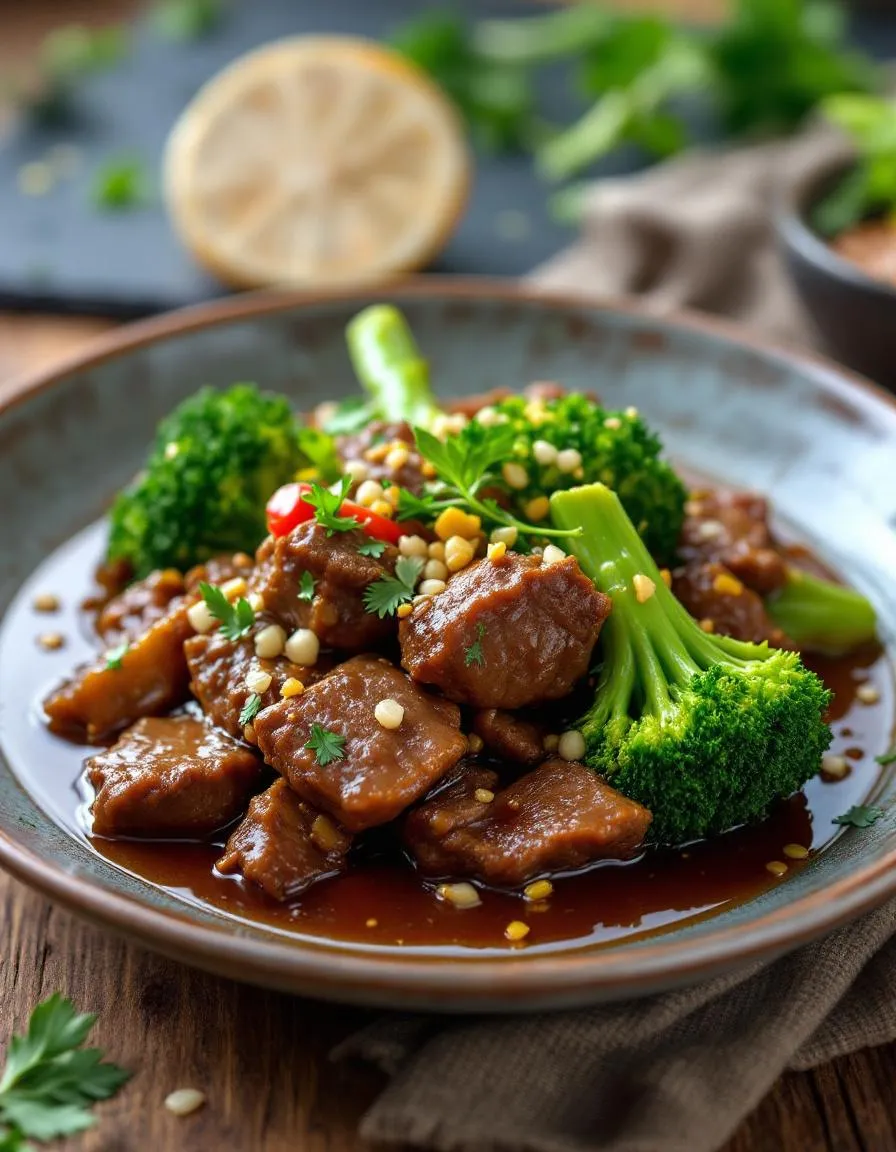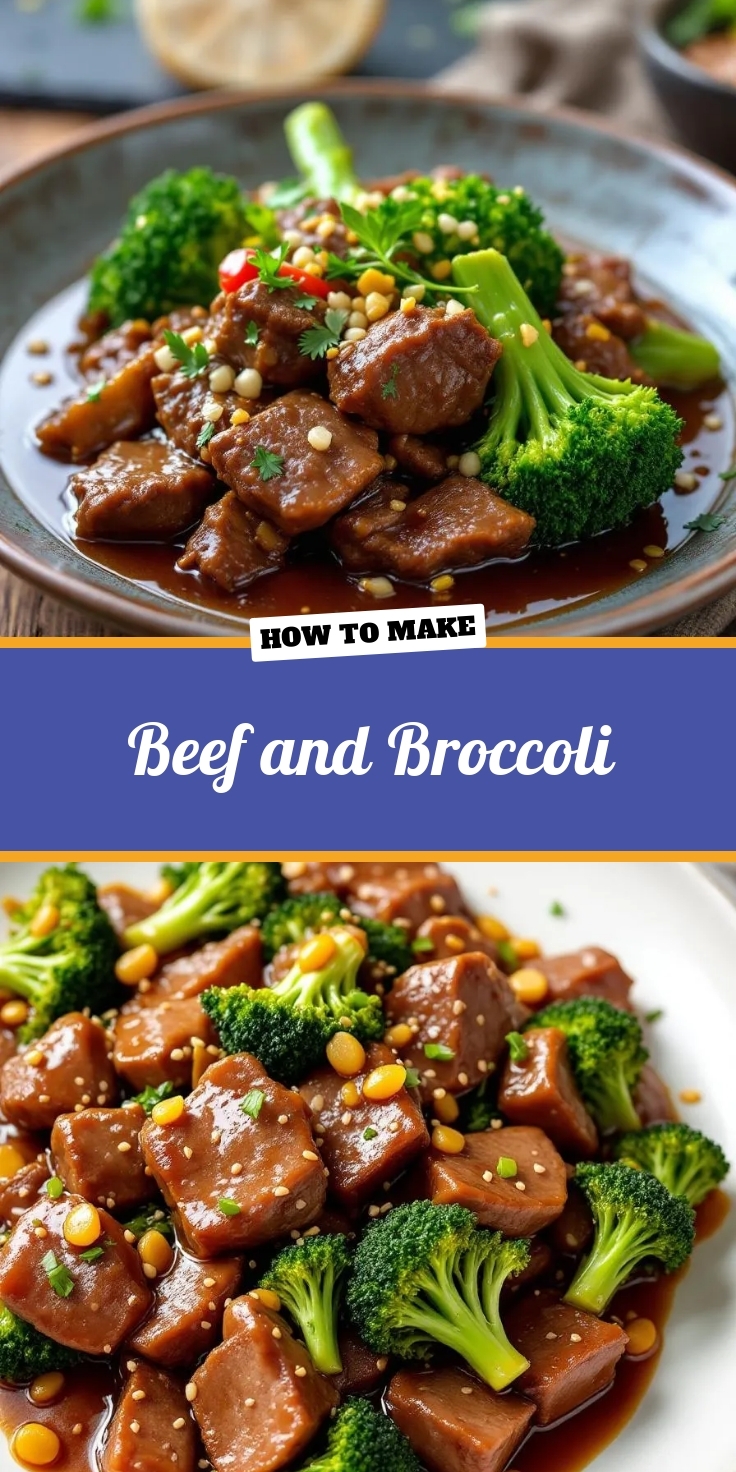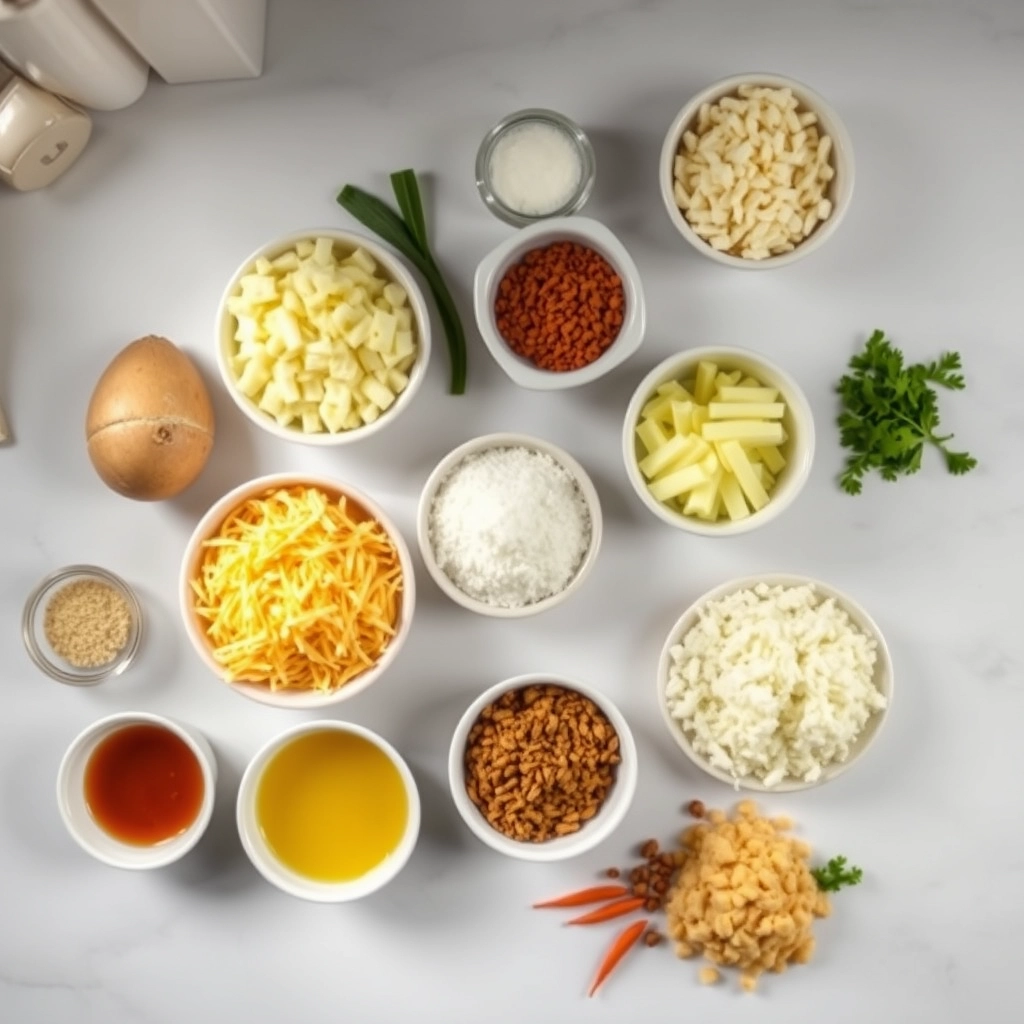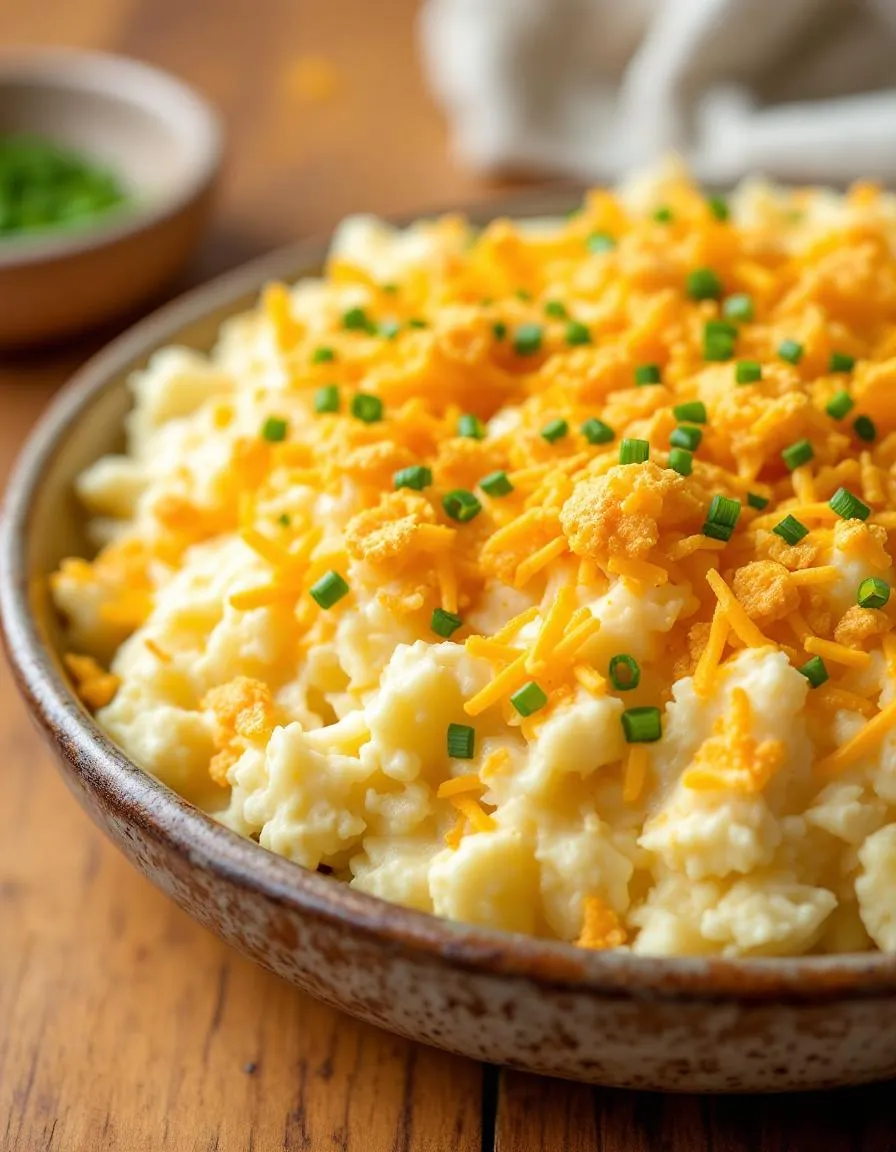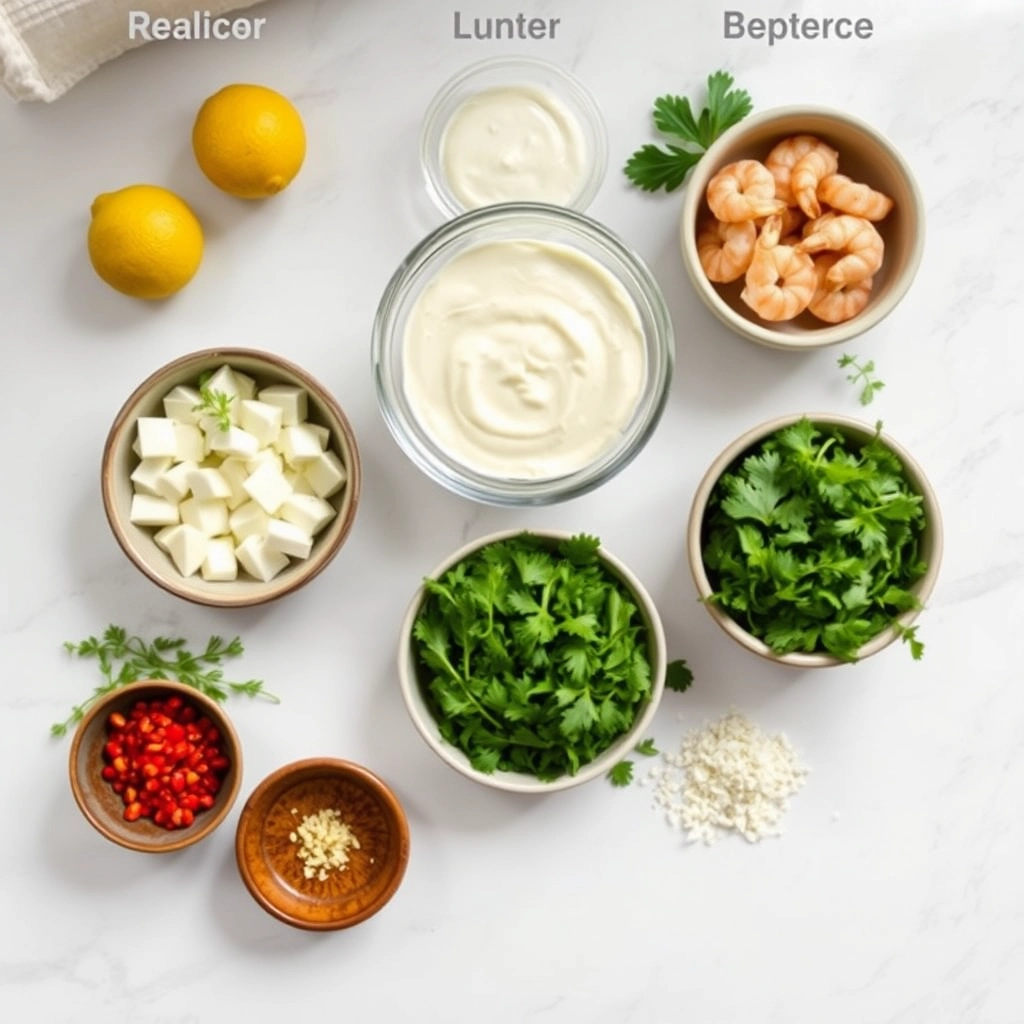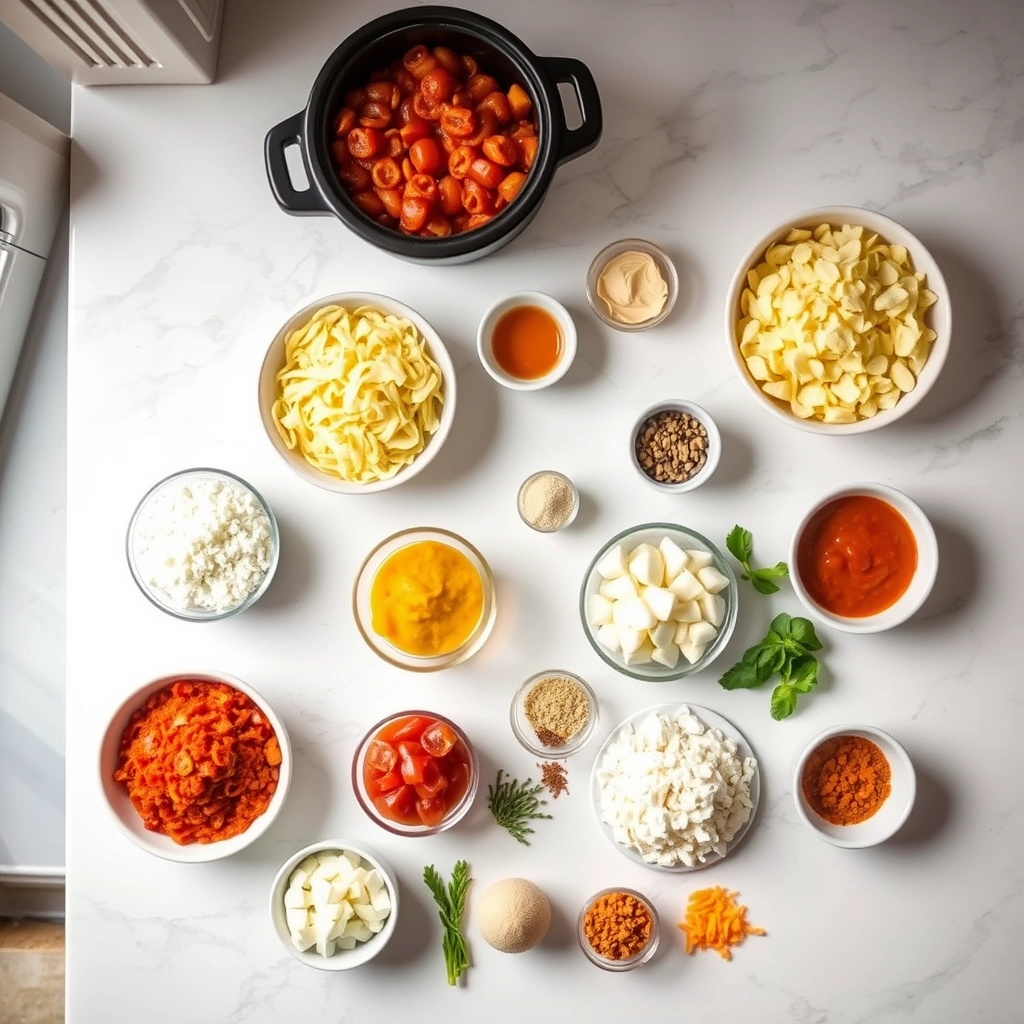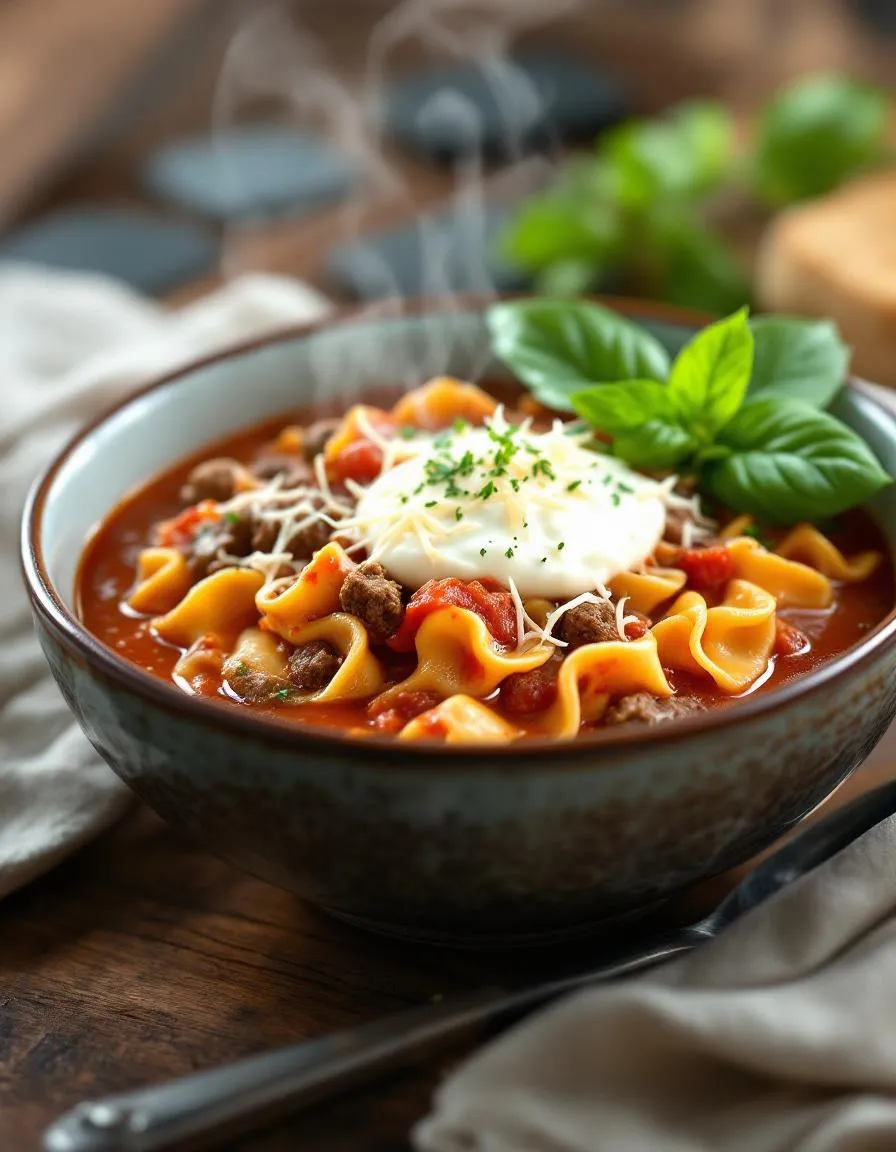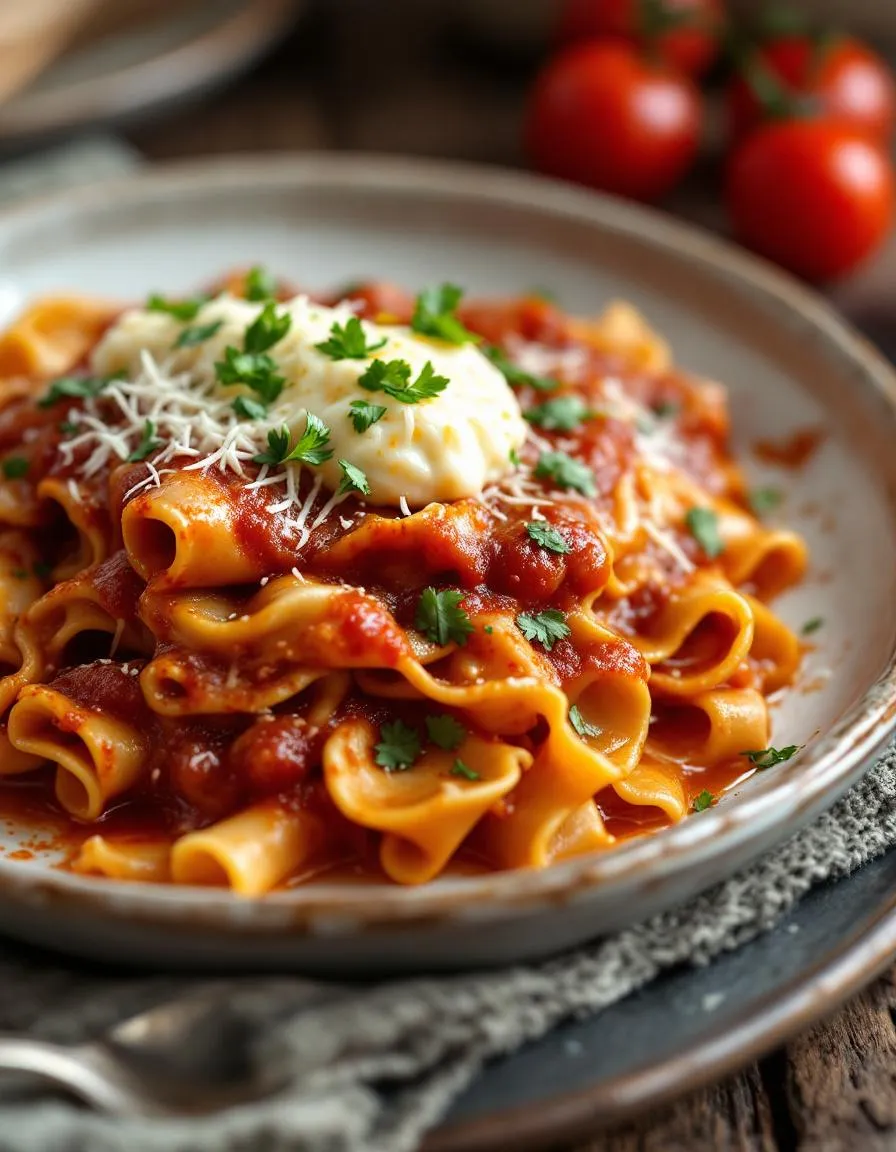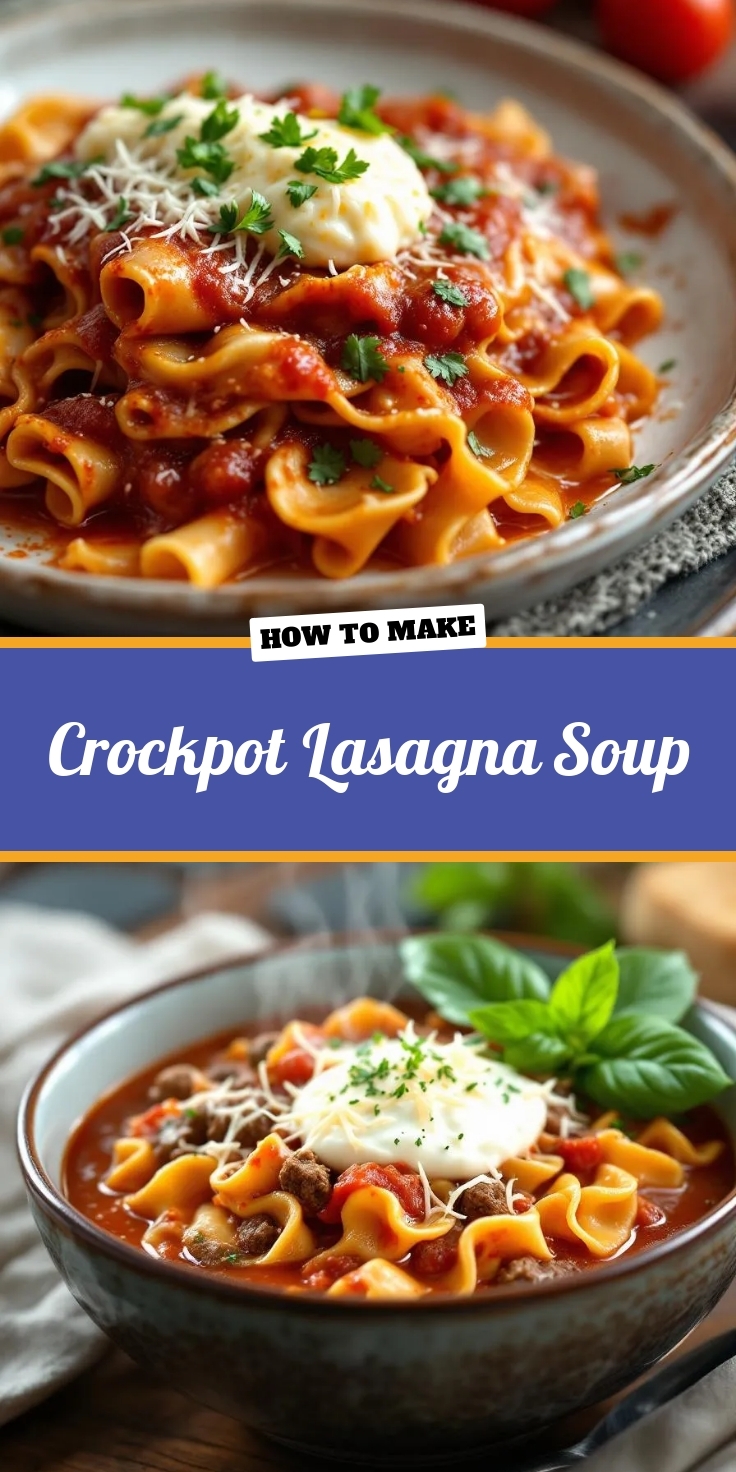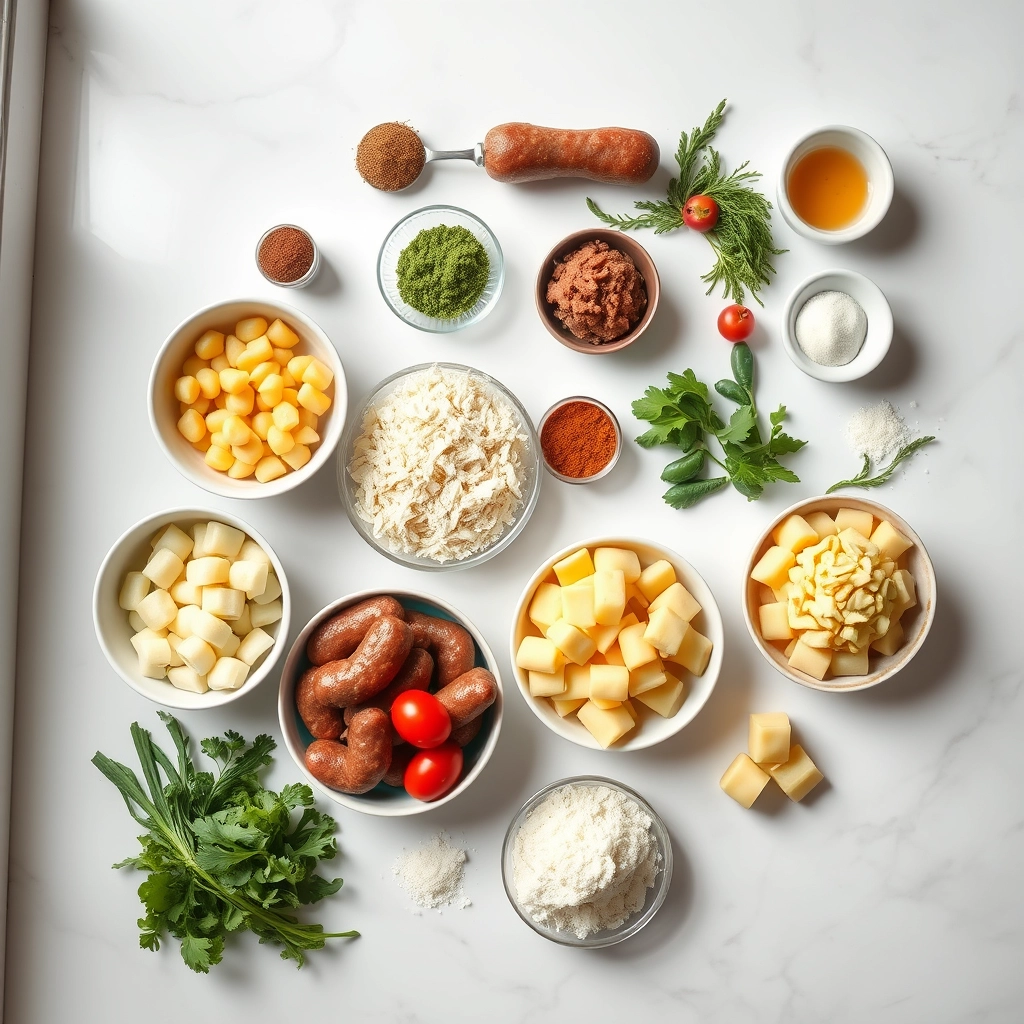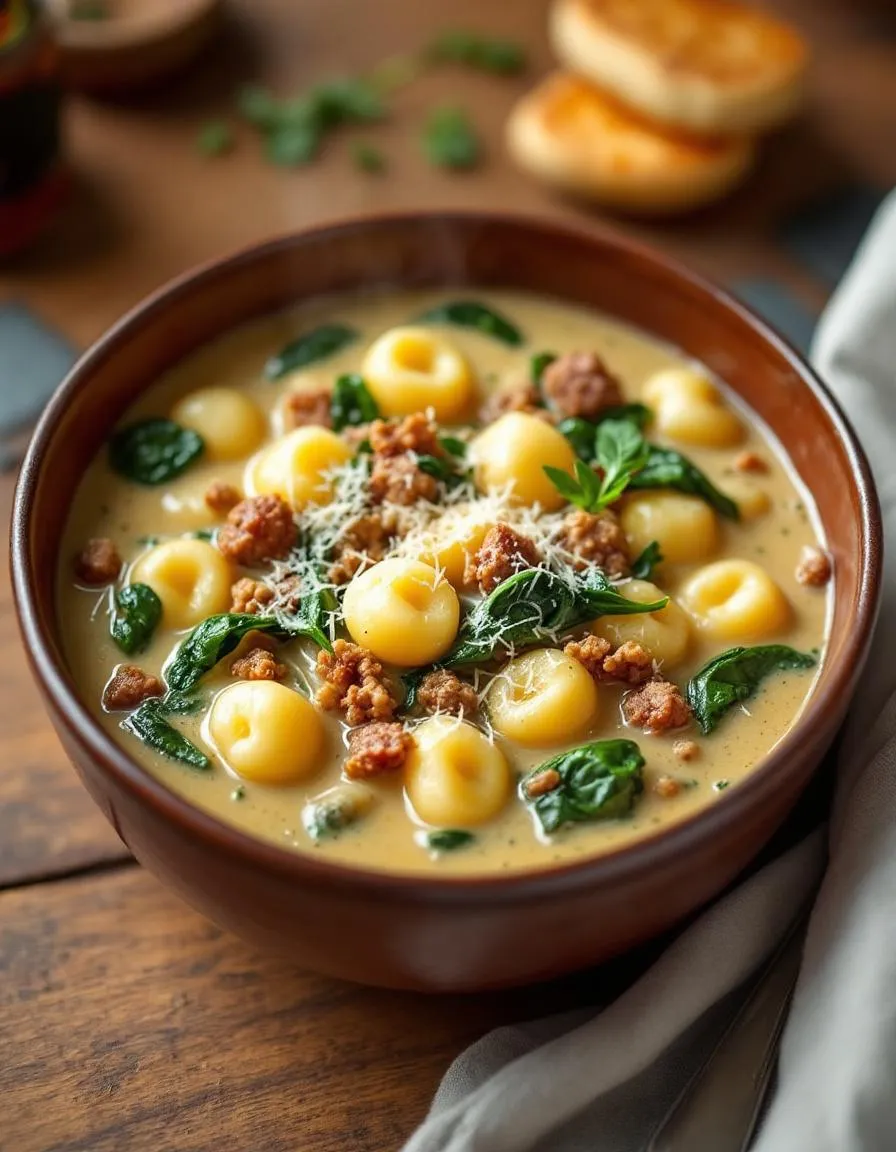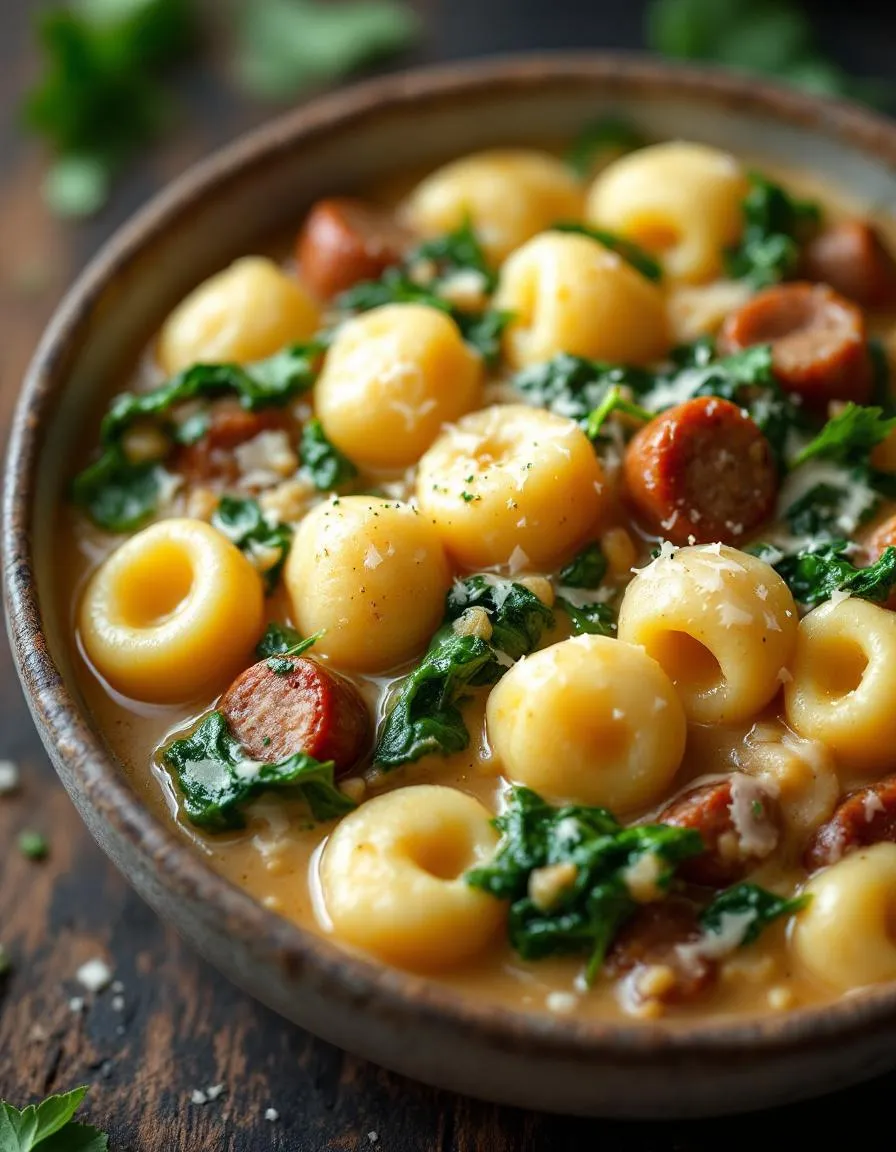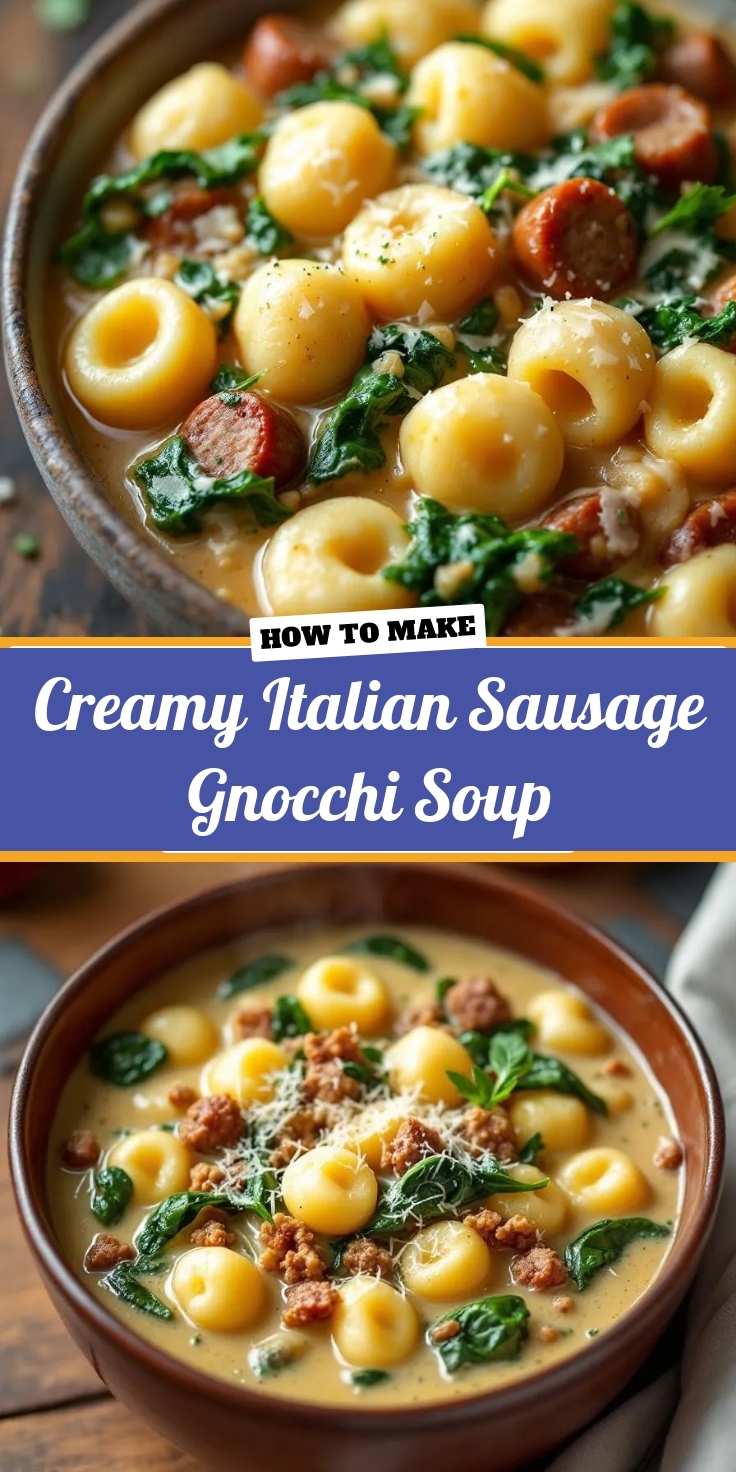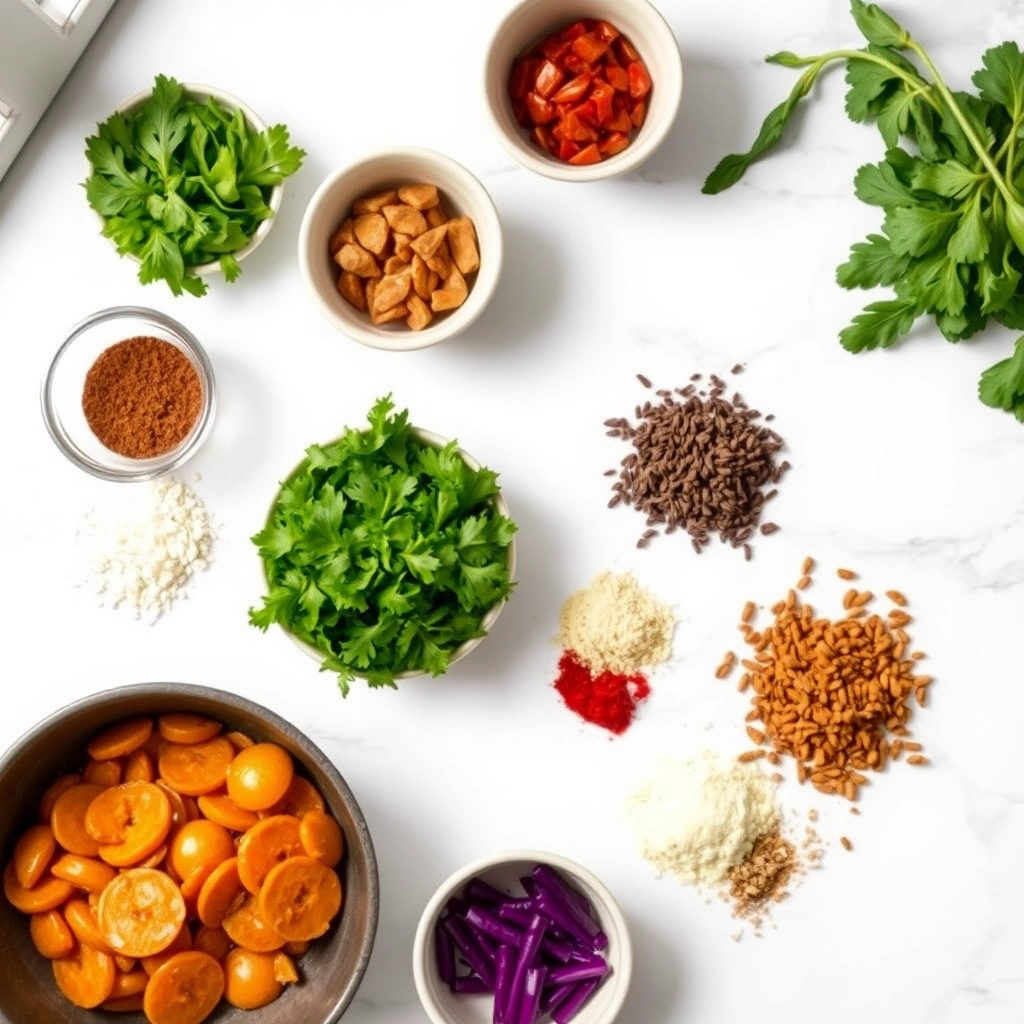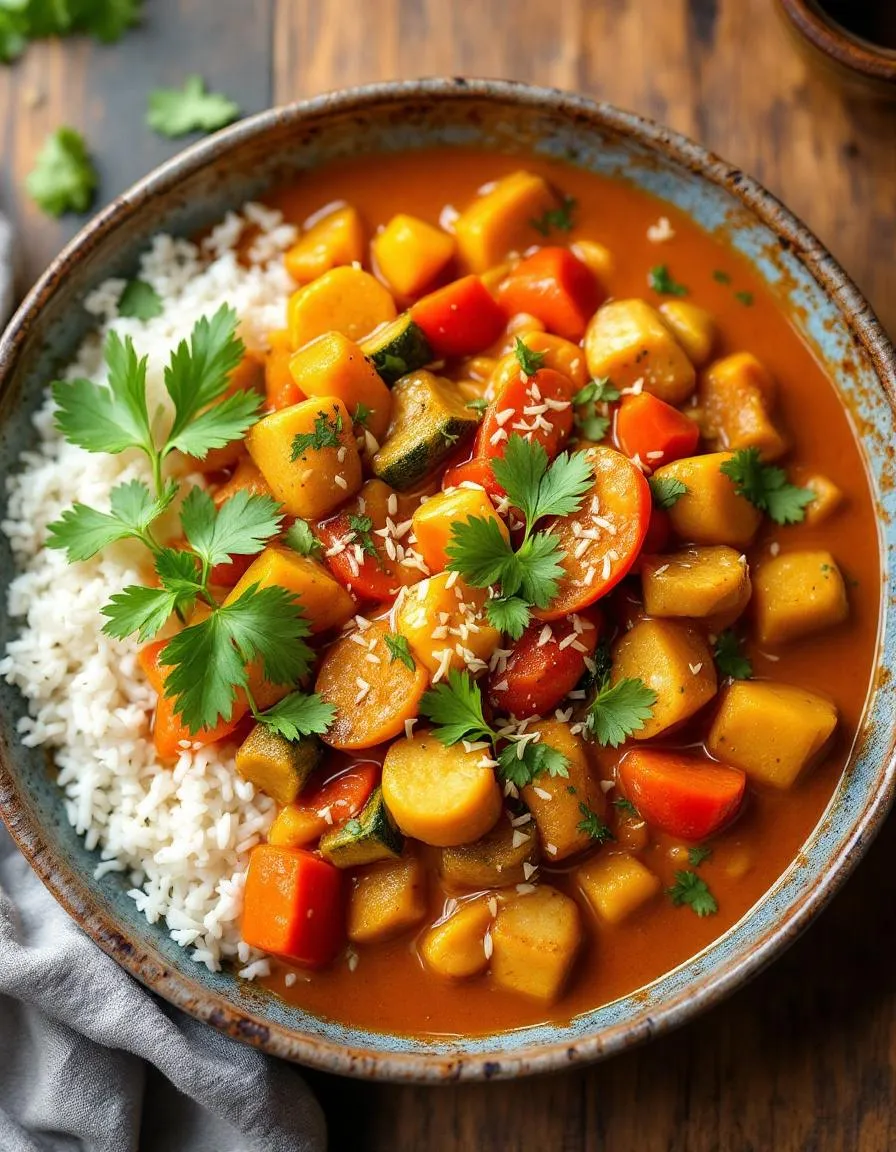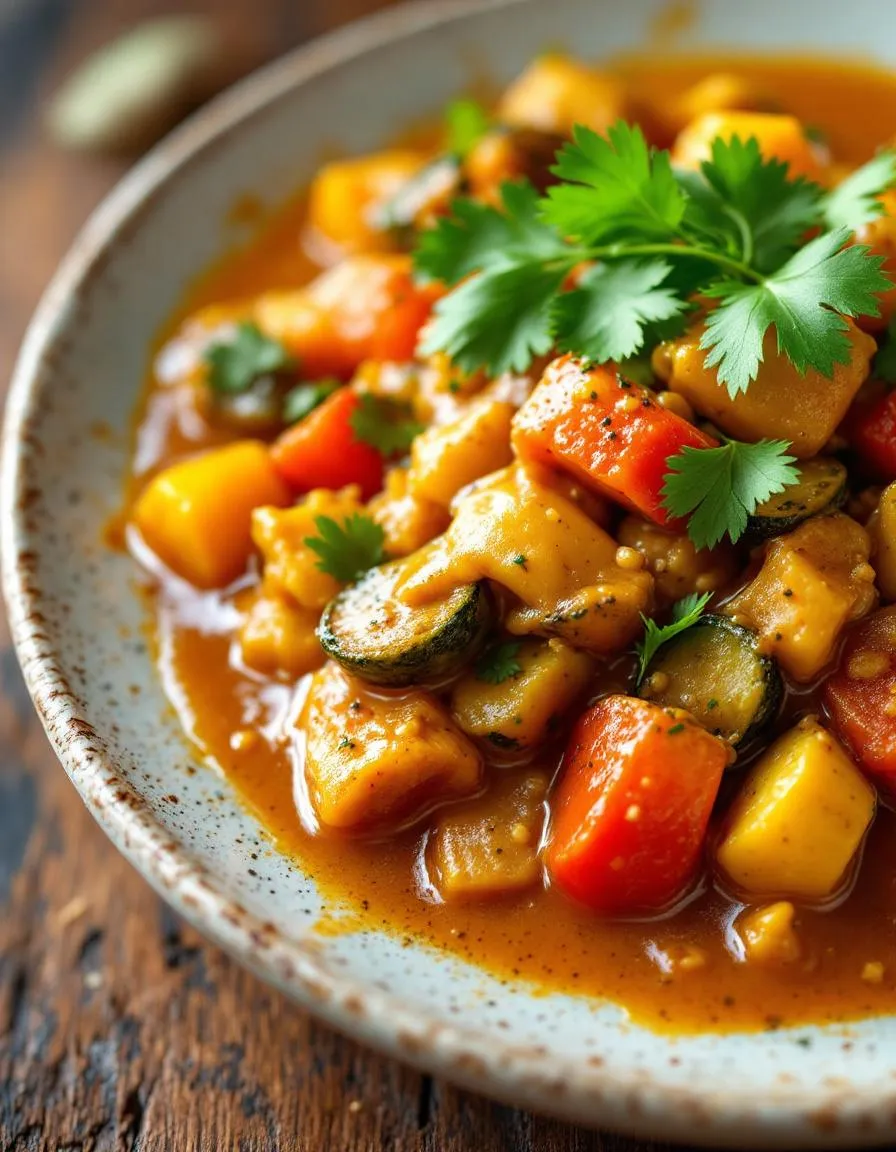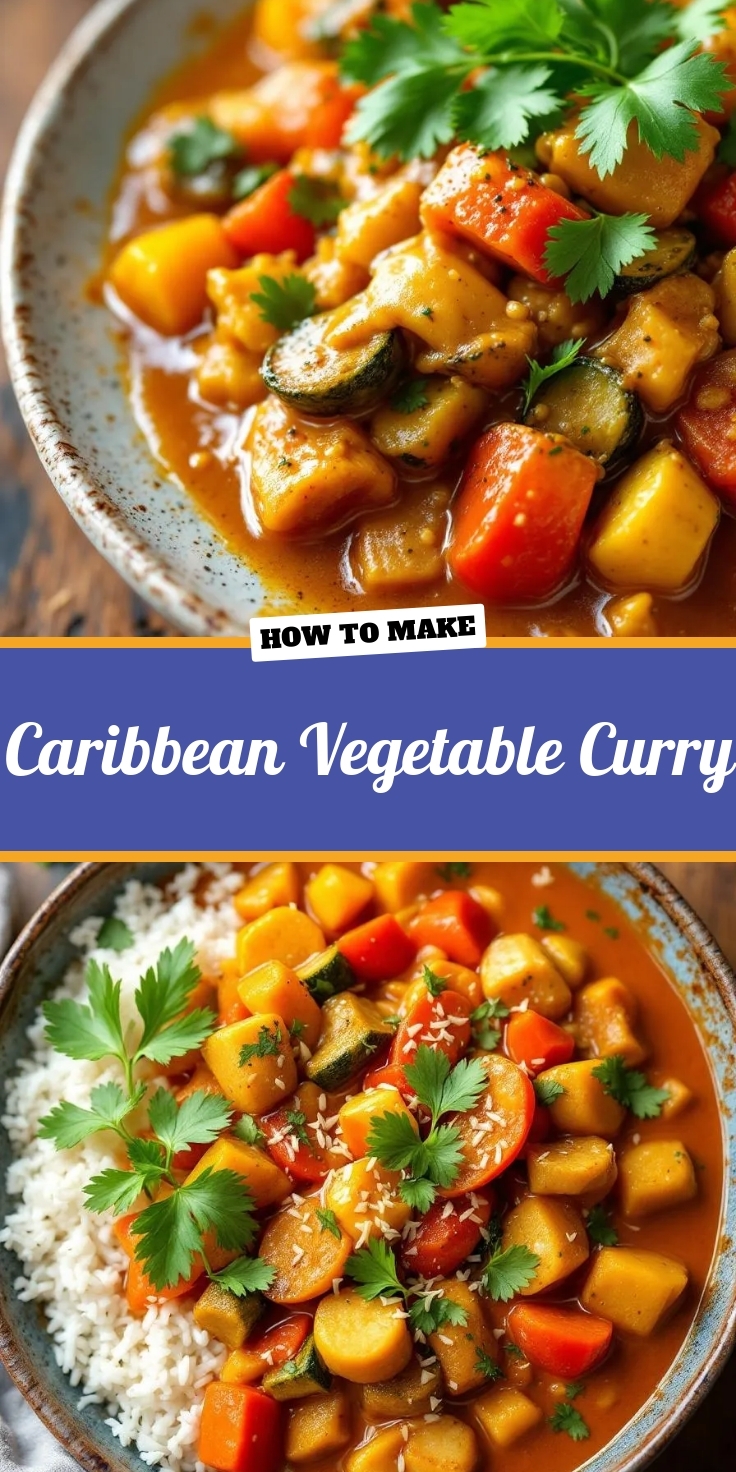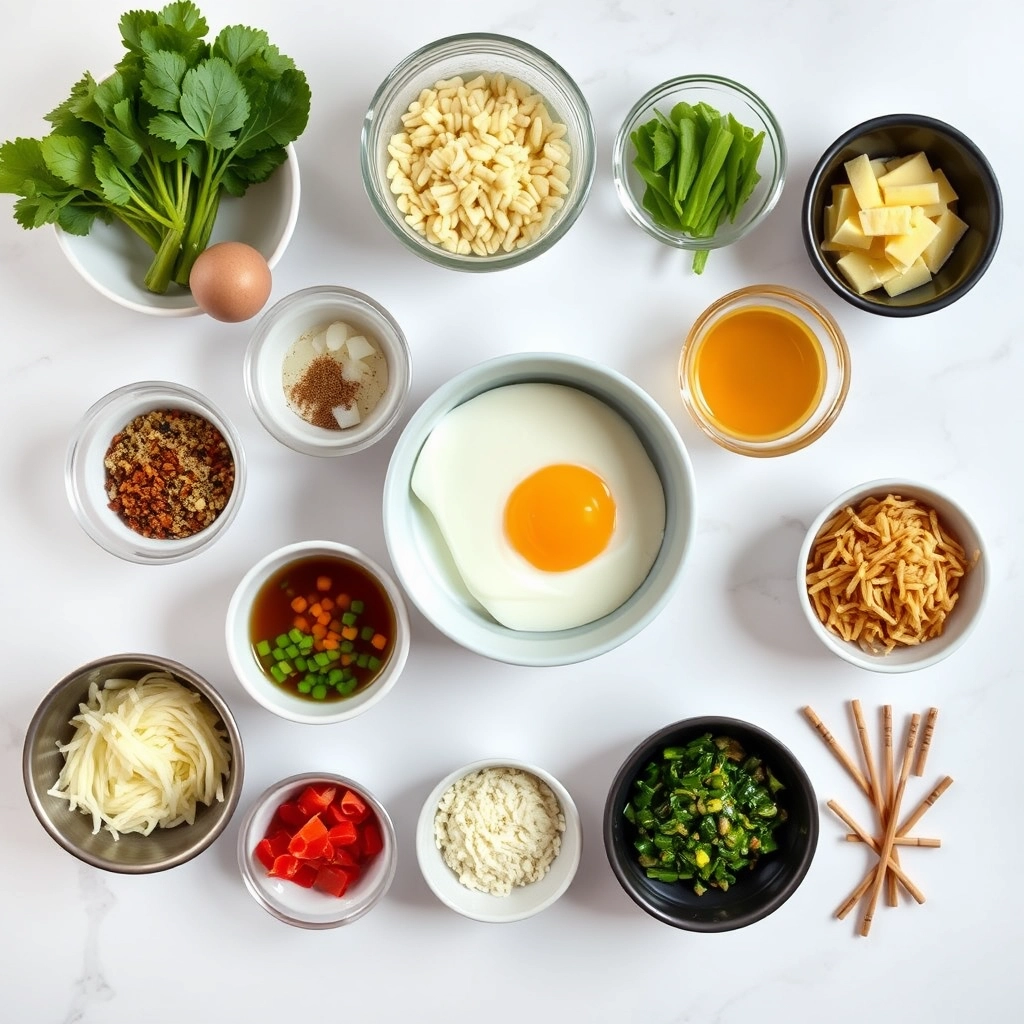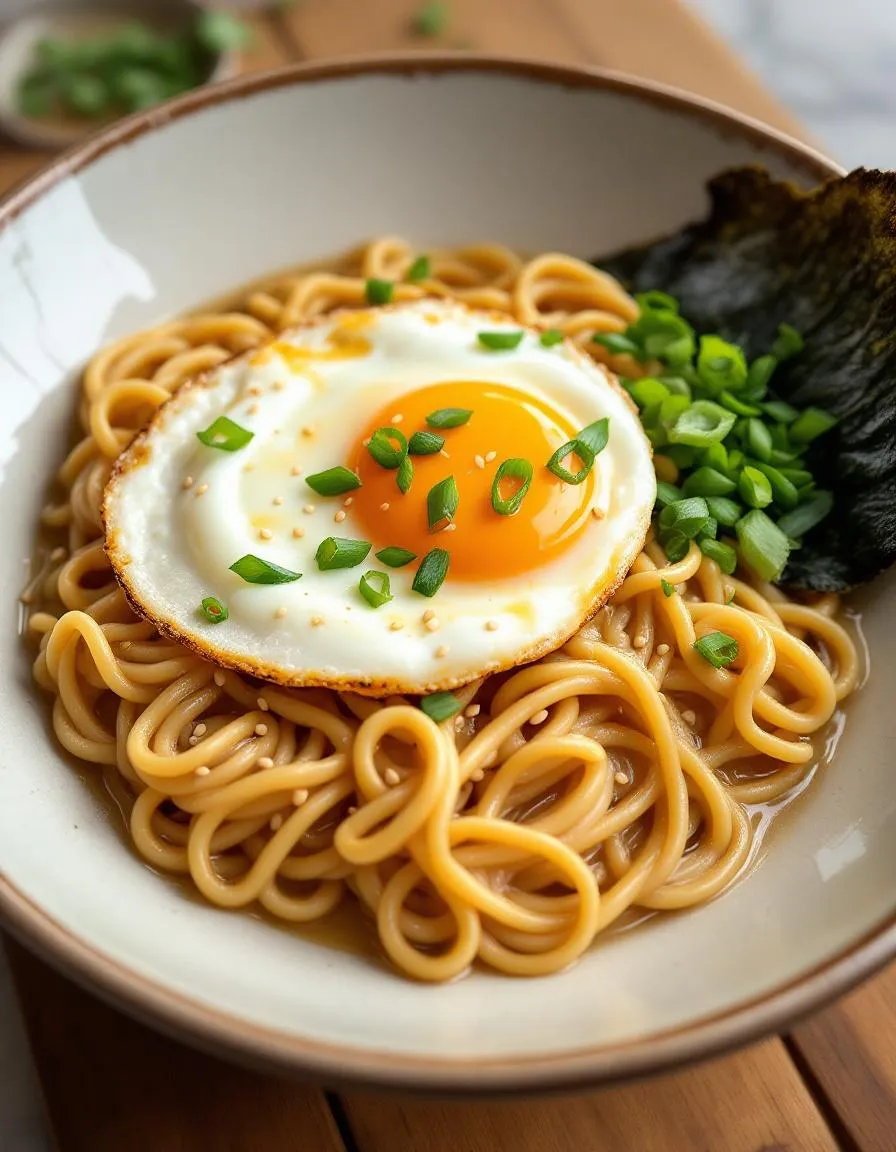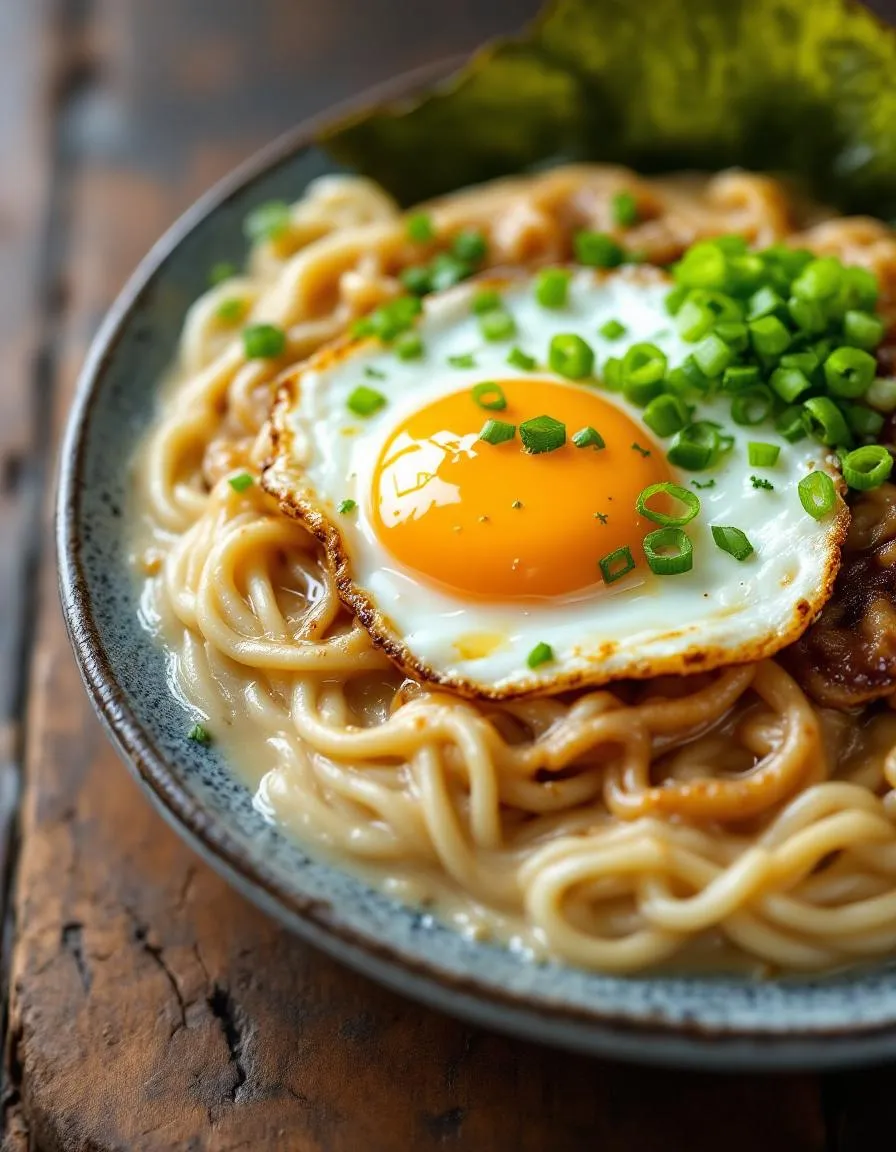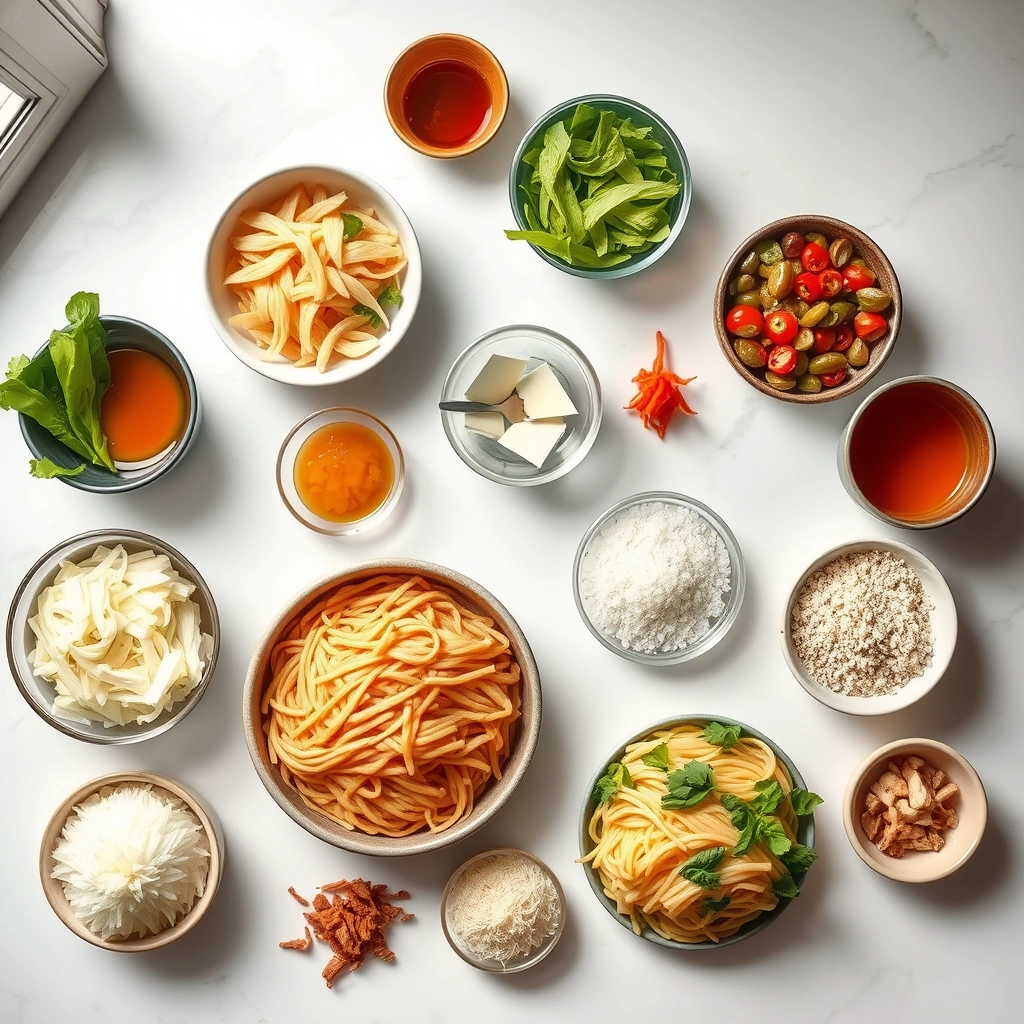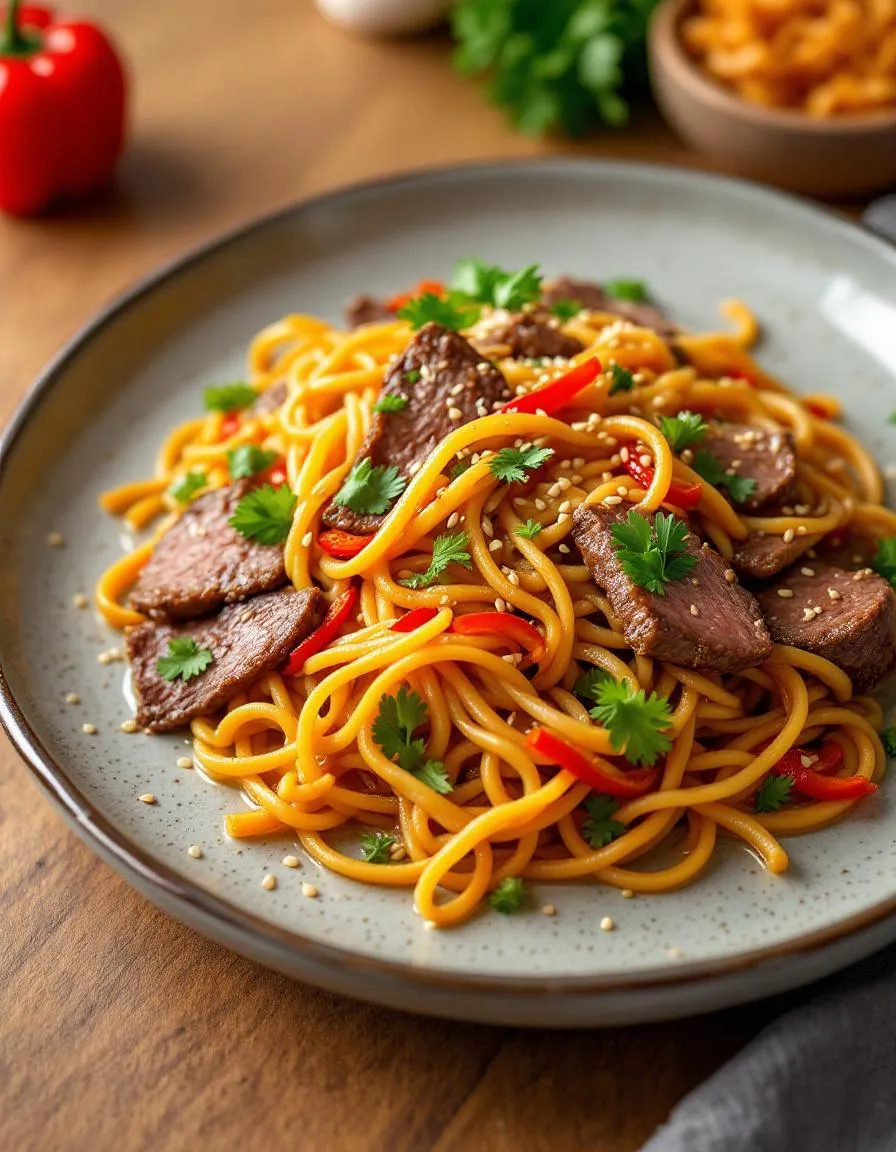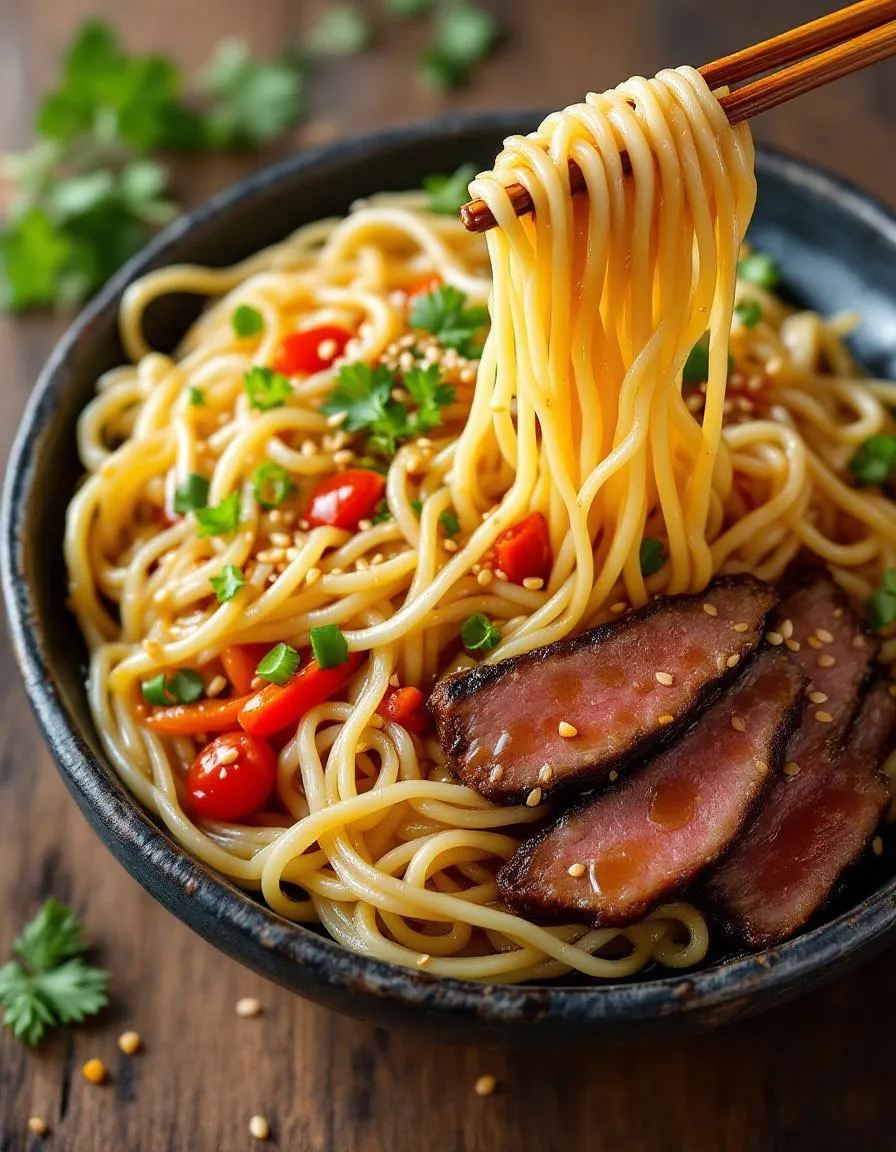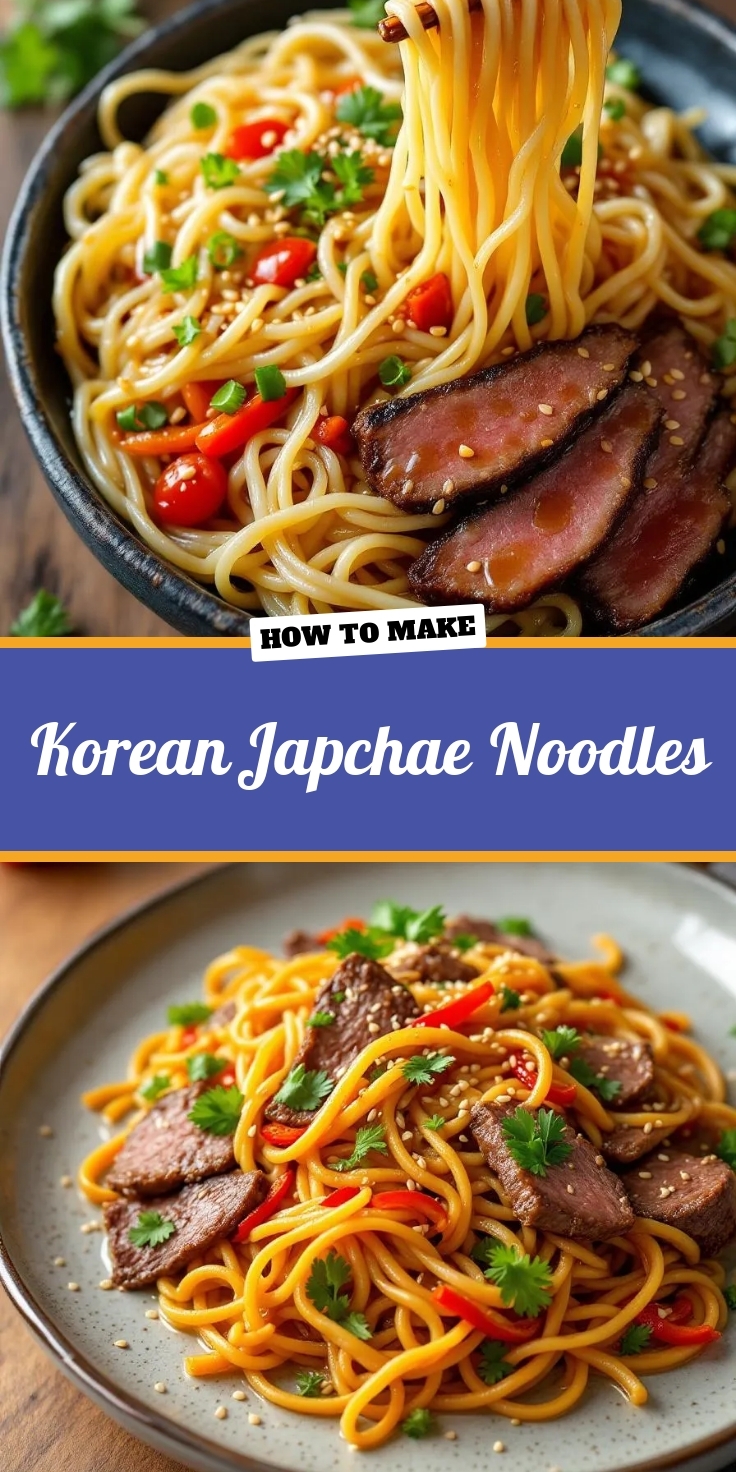Introduction
Hi there! I’m Emily, the heart and soul behind brekcakes.com. From my earliest memories, the kitchen has always been a place of warmth and creativity. It’s where I discovered the magic of turning simple ingredients into extraordinary meals and learned that the best dishes are often made with love as the main ingredient.
There’s something undeniably comforting about a plate of Swedish Meatballs Recipe—tender, flavorful, and drenched in a creamy sauce that feels like a hug. Whether you’re craving a cozy family dinner or want to impress guests with a taste of Scandinavia, this dish delivers. Plus, it’s surprisingly simple to make, even on busy weeknights. After all, good food shouldn’t require hours of effort, just heart and a little know-how.
Swedish Meatballs Recipe is a classic dish that combines juicy, spiced meatballs with a rich, velvety gravy. Unlike their Italian counterparts, these meatballs often feature a blend of beef and pork, along with warm spices like nutmeg and allspice. Traditionally served with lingonberry jam and mashed potatoes, they’re a staple in Swedish homes and a favorite at IKEA cafés worldwide. On brekcakes.com, we celebrate recipes that balance tradition with approachability, and this one fits perfectly. For more hearty comfort food, check out our Classic Beef Stew or explore our guide to Homemade Bread for the ultimate side dish.
Why I Love This Recipe
Swedish Meatballs Recipe holds a special place in my heart because it reminds me of my grandmother’s kitchen. She used to make them every Sunday, filling the house with the aroma of simmering gravy and freshly baked bread. Even now, each bite takes me back to those moments of laughter and shared stories around the table. That’s the power of food—it’s not just about taste, but the memories we create along the way.
Health and Nutrition
Why it’s good for your body
Swedish Meatballs Recipe delivers a hearty yet balanced meal packed with nutrients. First, the lean ground meat provides high-quality protein, which helps build muscle and keeps you full longer. Additionally, the dish includes warming spices like nutmeg and allspice, which not only enhance flavor but also offer anti-inflammatory benefits. Moreover, Swedish Meatballs Recipe often incorporates breadcrumbs or oats, adding fiber to support digestion.
Another advantage is the inclusion of dairy, such as milk or cream, which contributes calcium for strong bones. Meanwhile, the pan sauce, typically made with broth and a touch of butter, adds richness without excessive calories. Furthermore, Swedish Meatballs Recipe pairs well with nutrient-dense sides like steamed vegetables or whole-grain noodles, boosting the meal’s overall nutritional value. Finally, the dish balances indulgence with wholesome ingredients, making it a satisfying yet smart choice.
How it fits in a healthy lifestyle
Swedish Meatballs Recipe adapts easily to various dietary needs, making it a versatile option for health-conscious eaters. For a gluten-free version, simply swap traditional breadcrumbs for almond flour or gluten-free oats. If you’re focusing on heart health, opt for lean turkey or chicken instead of beef. Either way, the dish remains rich in protein, helping you meet fitness goals or simply stay energized. For more high-protein meal ideas, check out our high-protein recipes roundup.
You can also enjoy Swedish Meatballs Recipe as part of meal prep, since it reheats well and pairs with countless sides. To keep portions balanced, serve it with a fresh salad or roasted veggies for extra fiber. For those watching calories, a lighter sauce made with Greek yogurt works beautifully. Want more tips for balancing comfort food and nutrition? Explore our healthy comfort food guide for inspiration. With a few tweaks, this classic dish fits seamlessly into any eating plan.
PrintSwedish Meatballs
Description
Classic Swedish meatballs served with a creamy gravy sauce, perfect over mashed potatoes or egg noodles.
Ingredients
For the Crust:
- 1 lb ground beef
- 1/2 lb ground pork
- 1/2 cup breadcrumbs
- 1/4 cup milk
- 1 egg
- 1 small onion, finely chopped
- 1/2 tsp allspice
- 1/2 tsp nutmeg
- Salt and pepper to taste
- 2 tbsp butter
- 2 tbsp flour
- 1 1/2 cups beef broth
- 1/2 cup heavy cream
- 1 tsp Worcestershire sauce
Instructions
1. Prepare the Crust:
- In a bowl, soak breadcrumbs in milk for 5 minutes. Add ground beef, ground pork, egg, onion, allspice, nutmeg, salt, and pepper. Mix well.
- Form the mixture into small meatballs (about 1 inch in diameter).
- Heat butter in a large skillet over medium heat. Cook meatballs until browned on all sides and cooked through, about 10-12 minutes. Remove meatballs and set aside.
- In the same skillet, whisk flour into the remaining butter. Gradually add beef broth, stirring constantly until smooth. Bring to a simmer.
- Stir in heavy cream and Worcestershire sauce. Return meatballs to the skillet and simmer for 5-10 minutes until sauce thickens.
- Serve hot over mashed potatoes or egg noodles.
Notes
You can customize the seasonings to taste.
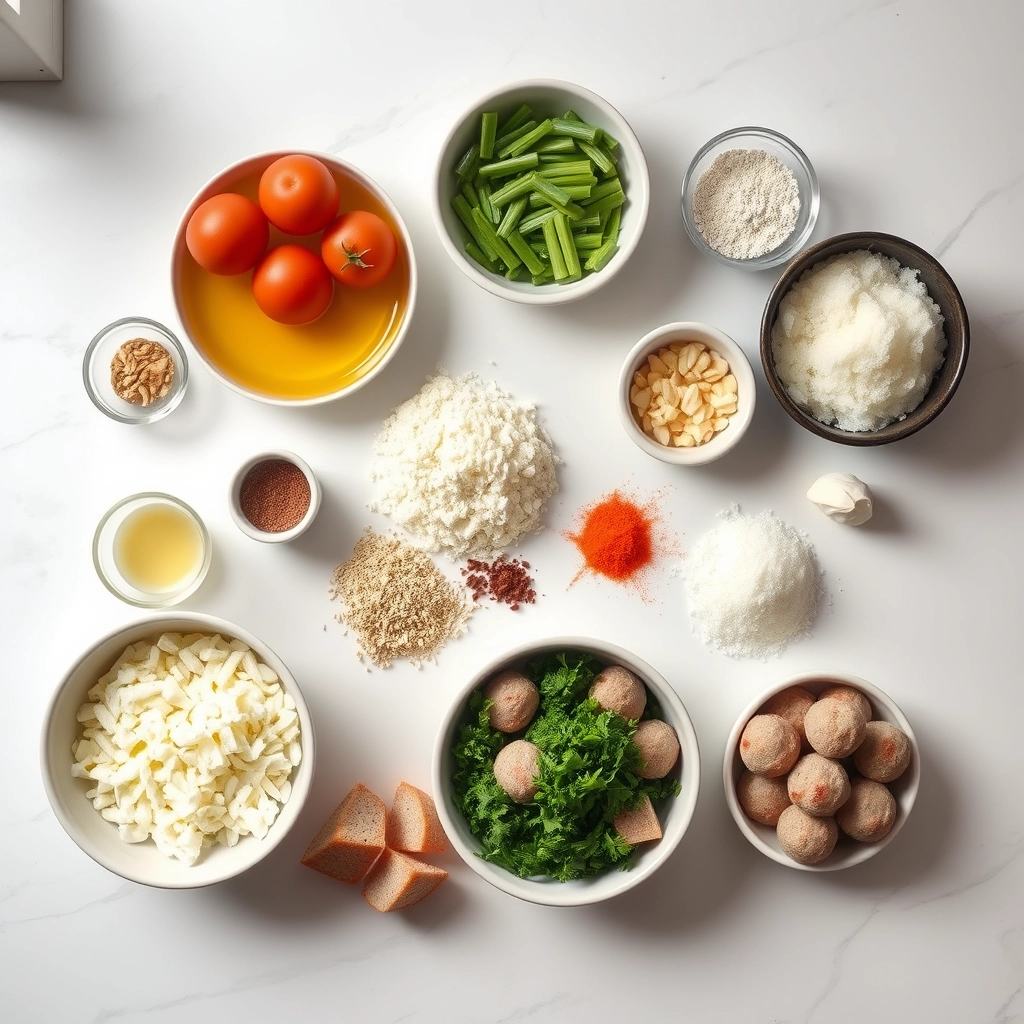
How to Prepare This Dish
Steps and time-saving tips
Start by preheating your oven to 375°F so it’s ready when you need it. While it heats, grab a large mixing bowl and combine ground beef, pork, breadcrumbs, egg, minced onion, and spices. Use your hands to mix everything gently but thoroughly—overworking the meat can make the Swedish meatballs recipe tough. Roll the mixture into small, even balls, about 1 inch in diameter, and place them on a lined baking sheet. For a time-saving trick, use a cookie scoop to portion the meatballs quickly. Bake them for 20 minutes or until golden brown, flipping halfway for even cooking. Meanwhile, whisk together beef broth, heavy cream, and a touch of Worcestershire sauce in a saucepan over medium heat. Let the sauce simmer until it thickens slightly, then stir in the cooked meatballs to coat them evenly. Serve hot over mashed potatoes or egg noodles, garnished with fresh parsley. If you’re short on time, prepare the sauce while the meatballs bake to streamline the process.
Mistakes I’ve made and learned from
Early on, I made the mistake of skipping the onion in my Swedish meatballs recipe, thinking it wouldn’t matter—big regret! The flavor fell flat without that subtle sweetness. Now, I always sauté the onions first to mellow their bite, just like I do for my comfort food classics. Another lesson? Don’t rush the sauce. Once, I cranked the heat too high, and the cream curdled instead of thickening smoothly. Low and slow is the way to go, as I learned from perfecting my sauce techniques. Take your time, taste as you go, and trust the process—your patience will pay off with tender, flavorful meatballs every time.
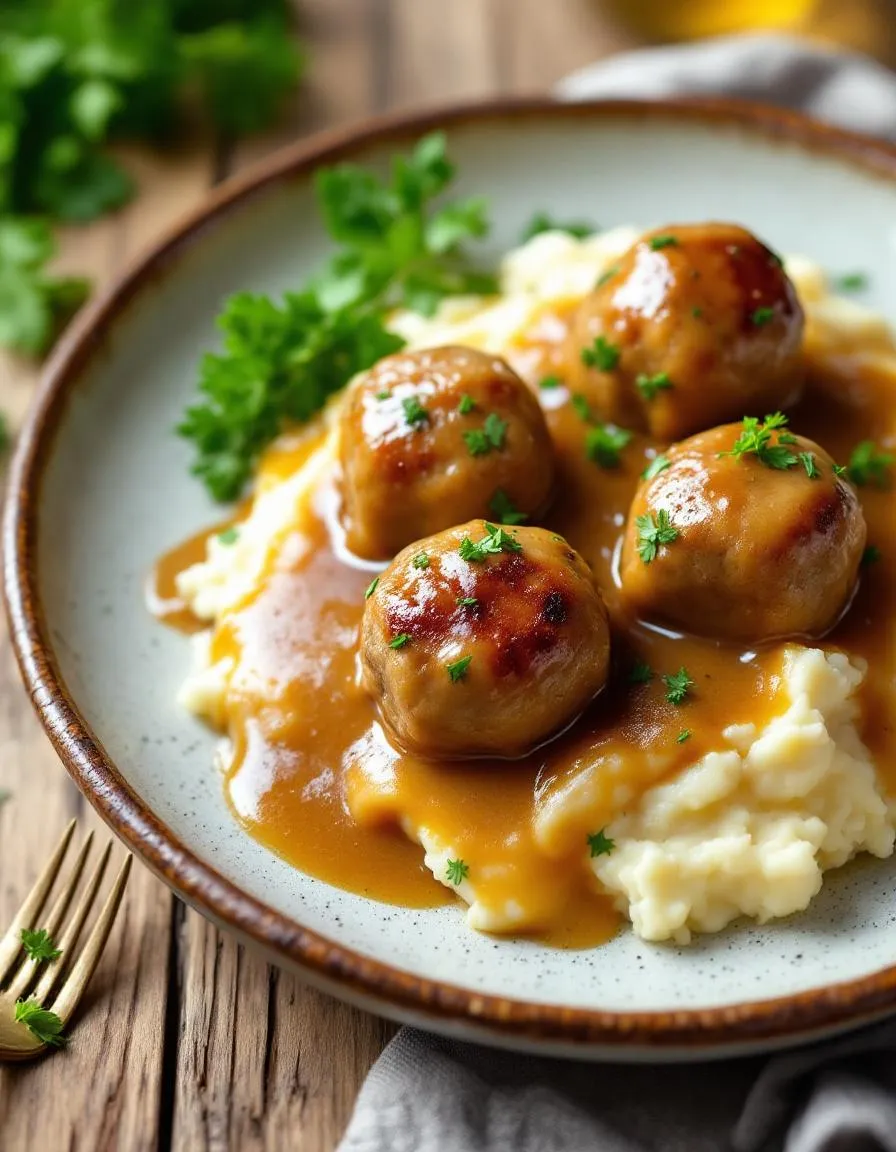
Cultural Connection and Variations
Where this recipe comes from
Swedish Meatballs Recipe carries a rich history, deeply rooted in Scandinavian comfort food. Many believe Swedish immigrants brought the dish to America, where it quickly became a staple at family gatherings. Traditionally, Swedes serve these meatballs with lingonberry jam and creamy gravy, creating a perfect balance of sweet and savory. However, variations pop up worldwide. For instance, in Finland, they might add allspice, while some American families swap beef for turkey to lighten the dish.
In my own kitchen, Swedish Meatballs Recipe reminds me of cozy winter nights. My grandmother always added a pinch of nutmeg, claiming it made them extra special. Across Sweden, regional twists exist too. Southern cooks might use breadcrumbs soaked in milk, while northern versions often include reindeer meat. No matter the adaptation, the heart of the dish remains the same: tender, flavorful meatballs that bring people together.
How it fits in today’s cooking
Today, Swedish Meatballs Recipe still shines as a versatile favorite. Busy home cooks appreciate its freezer-friendly nature, making it ideal for meal prep. Many also tweak the recipe for dietary needs, like using gluten-free breadcrumbs or plant-based meat. During holidays, it’s a star at potlucks, pairing perfectly with dishes like holiday side dishes.
Modern twists keep it fresh, too. Some bake the meatballs instead of frying, while others serve them over zucchini noodles for a low-carb twist. Whether you’re craving nostalgia or a quick weeknight dinner, Swedish Meatballs Recipe fits seamlessly. For more inspiration, check out these comfort food classics to round out your menu. After all, good food evolves, but its ability to connect us never fades.
Taste and Texture
What makes it delicious
Swedish Meatballs Recipe delivers a rich, savory experience with every bite. The tender meatballs soak up a creamy, velvety gravy that’s fragrant with hints of nutmeg and allspice. Meanwhile, the ground beef and pork blend creates a juicy, melt-in-your-mouth texture, while breadcrumbs keep them light and airy. Each forkful balances the earthy warmth of onions and the buttery smoothness of the sauce. Plus, the aroma of fresh dill and lingonberry jam cuts through the richness, adding a bright, tangy contrast. Whether served over noodles or mashed potatoes, Swedish Meatballs Recipe wraps you in cozy, comforting flavors.
Boosting the flavor
For an extra flavor punch, try swapping beef broth for mushroom stock in the gravy—it deepens the umami notes beautifully. A dash of Worcestershire sauce or a spoonful of Dijon mustard also amps up the savoriness. If you love herbs, stir chopped parsley or thyme into the meatball mix for freshness. For a sweet-tart twist, serve Swedish Meatballs Recipe with a side of homemade cranberry sauce instead of lingonberry. Craving crunch? Top with toasted breadcrumbs or pair with garlic herb roasted potatoes for contrasting textures. Small tweaks make this classic dish even more irresistible.

Tips for Success
Best practices for results
For the best Swedish Meatballs Recipe, always mix the ground meat gently to avoid tough meatballs. Additionally, chill the mixture for 30 minutes before shaping to help them hold their form. Use a combination of beef and pork for authentic flavor, and don’t skip the breadcrumbs—they keep the texture light. Finally, brown the meatballs evenly in batches to prevent overcrowding the pan, ensuring a perfect sear every time.
Mistakes to avoid
One common mistake is overcooking the meatballs, which dries them out. Instead, cook them just until they reach 160°F internally. Another error is using cold cream straight from the fridge—let it warm slightly for a smoother sauce. For more sauce tips, check out our cream sauce guide. Also, avoid overmixing the meat, as it can make the Swedish Meatballs Recipe dense. If you’re unsure about meat handling, our ground meat basics will help.
Serving and Pairing Suggestions
How to serve this dish
For a cozy family dinner, plate your Swedish Meatballs Recipe over a bed of buttery mashed potatoes or egg noodles. Alternatively, arrange them on a rustic wooden board with toothpicks for a festive appetizer spread. To elevate the presentation, sprinkle fresh parsley or dill over the meatballs and drizzle extra cream sauce for a glossy finish. Meanwhile, during holidays, serve them alongside lingonberry jam in a small dish for a traditional Swedish touch. Whether you host a casual gathering or a special occasion, these meatballs always steal the spotlight.
What goes well with it
Pair your Swedish Meatballs Recipe with a crisp cucumber salad for a refreshing contrast to the rich flavors. The cool crunch balances the creamy sauce perfectly. For a heartier meal, try serving them with our garlic herb roasted potatoes, which soak up the savory gravy beautifully. Finally, a glass of chilled lingonberry spritzer or a light lager enhances the dish without overpowering it. If you love bread on the side, our homemade dinner rolls make an irresistible addition for mopping up every last bite.
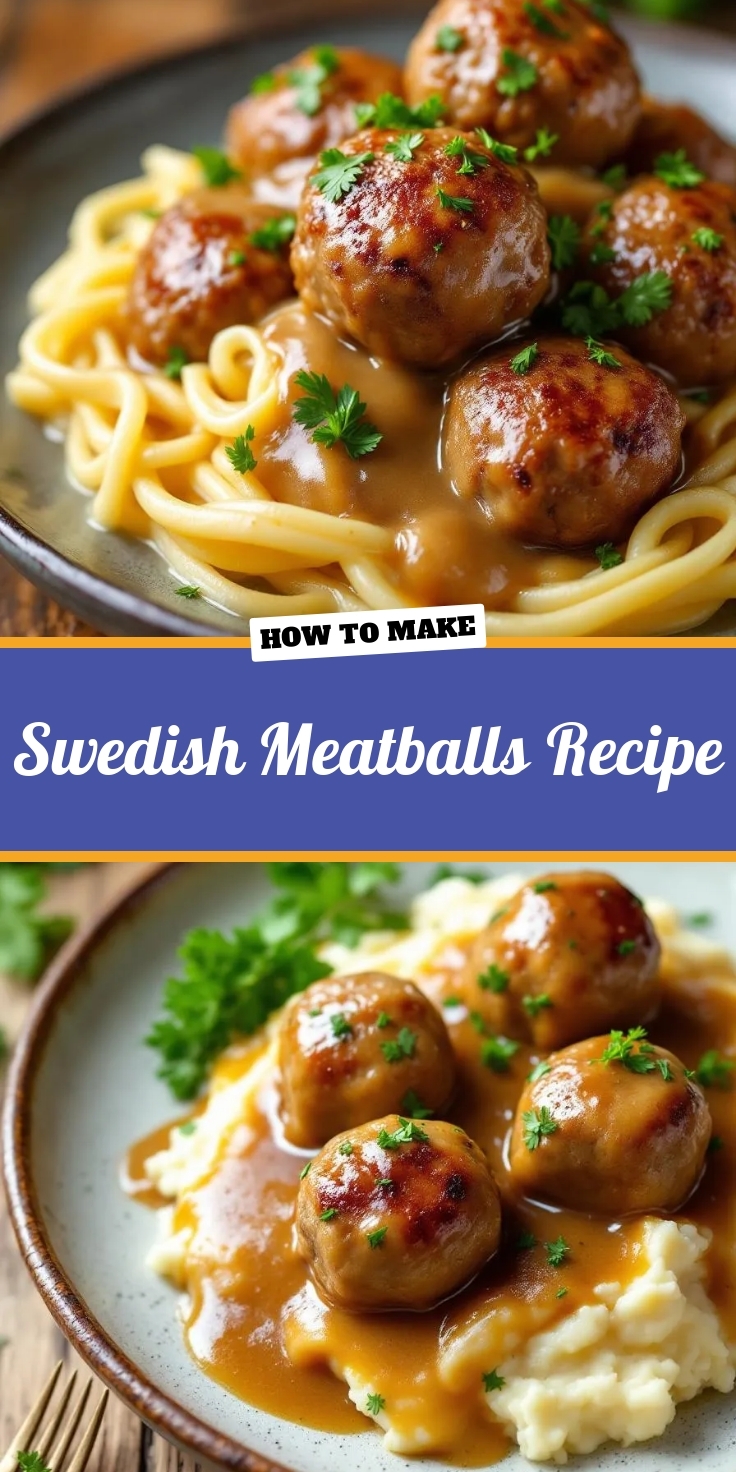
The key to tender Swedish meatballs is using a mix of ground beef and pork, along with breadcrumbs soaked in milk (called a panade). This combination keeps the meatballs moist and flavorful. Avoid overmixing the meat, as it can make the texture dense.
Swedish meatballs are smaller, use a blend of beef and pork, and feature warm spices like nutmeg and allspice. They’re traditionally served with a creamy gravy and lingonberry sauce, unlike Italian-style meatballs with tomato sauce.
Yes! Substitute heavy cream with whole milk, sour cream, or even a dairy-free alternative like coconut milk for the gravy. The Swedish meatballs recipe will still be rich, though slightly less decadent.
Classic pairings include mashed potatoes, buttered egg noodles, or crisp cucumber salad. Lingonberry jam and pickled cucumbers add the perfect sweet-tart contrast to the savory Swedish meatballs recipe.


